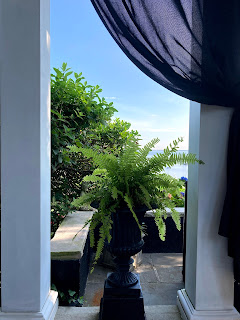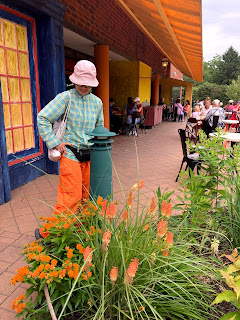For true garden enthusiasts there are few things more divine than visiting gardens. Walking in and through them, igniting all our senses: seeing the blooms and variegated leaves, touching the downy-soft petals;
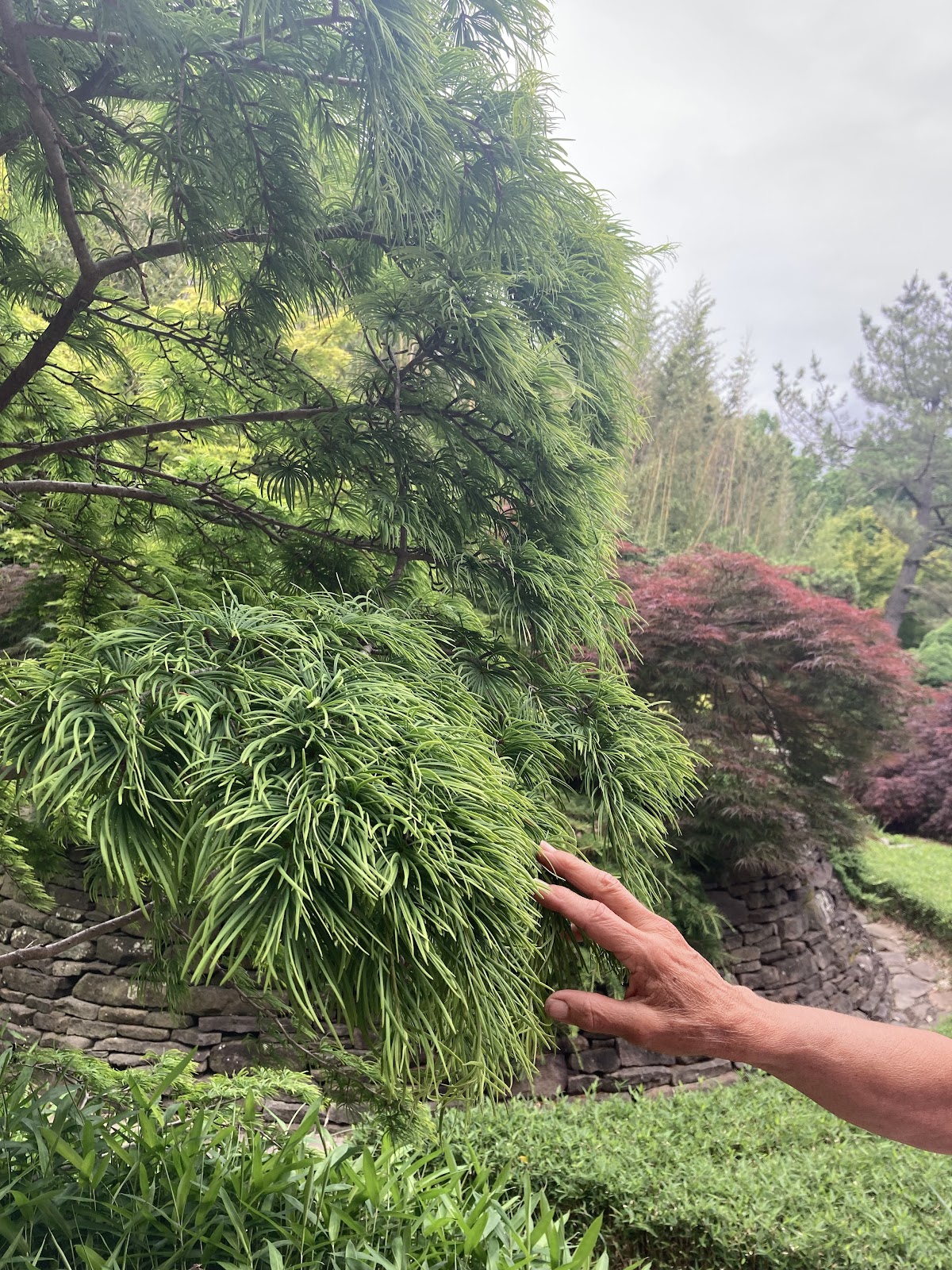
or like member Lynn Torgenson, caressing the Japanese Maple;
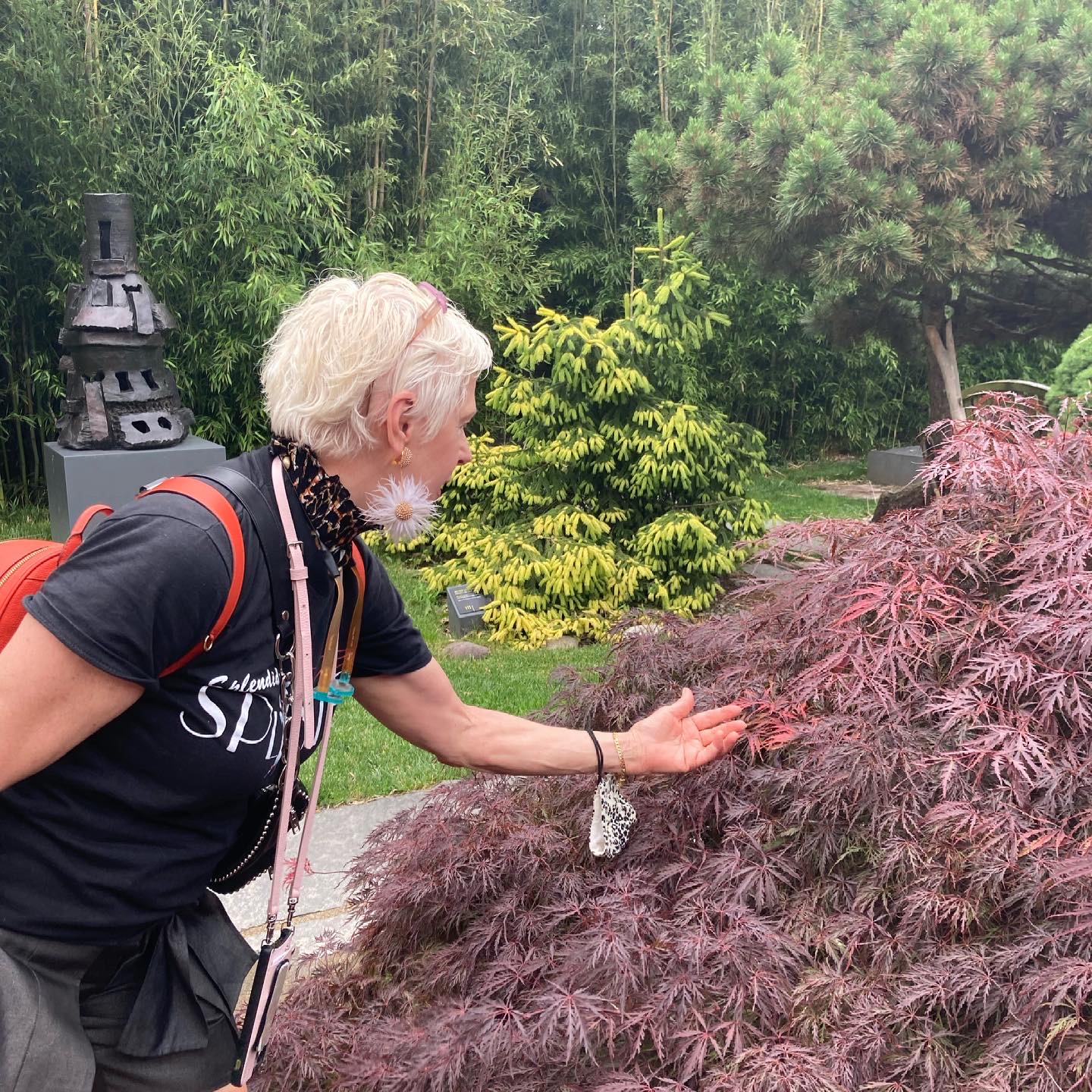
breathing in the heady fragrance, and listening to the breeze riffle through the trees and hearing the birds singing.
Regrettably, for us garden designers and horticultural professionals, most of the garden tours take place during what is humorously (sarcastically?!) referred to as “the silly season” meaning it’s just bonkers in May and June with barely time to sleep much less take time for the luxury of a garden tour.
But this year, the garden goddesses aligned. Me and my Duchess team had just completed a very big garden design project; had gotten the annuals in the other clients’ garden beds, managed to weed and prune out the spring bulb “scragglies.”
So that when I read of the Metro Hort member garden tour - on a Saturday - and not too far from our country house in the Garden State, I jumped for joy.
One of the greatest benefits of being a member of Metro Hort are the field trips.
And this double header presented us with a tour of the esteemed Pleasant Run Nursery and the Grounds for Sculpture.
I had long known about the Pleasant Run Nursery and, in fact, stopped at their booth at the annual Plant-O-Rama to talk plants and secure a catalog ~ which is always brimming with excellent information.
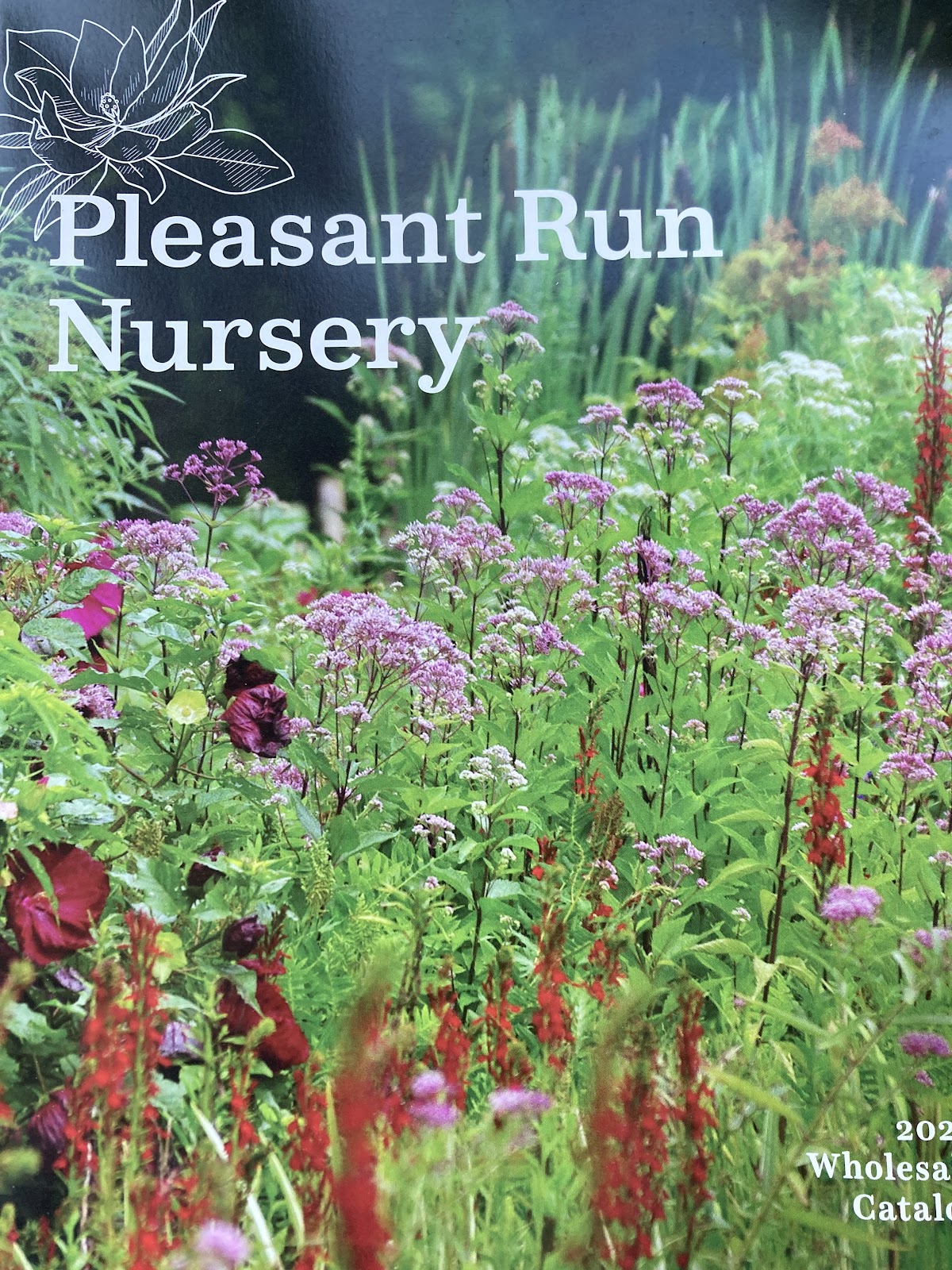
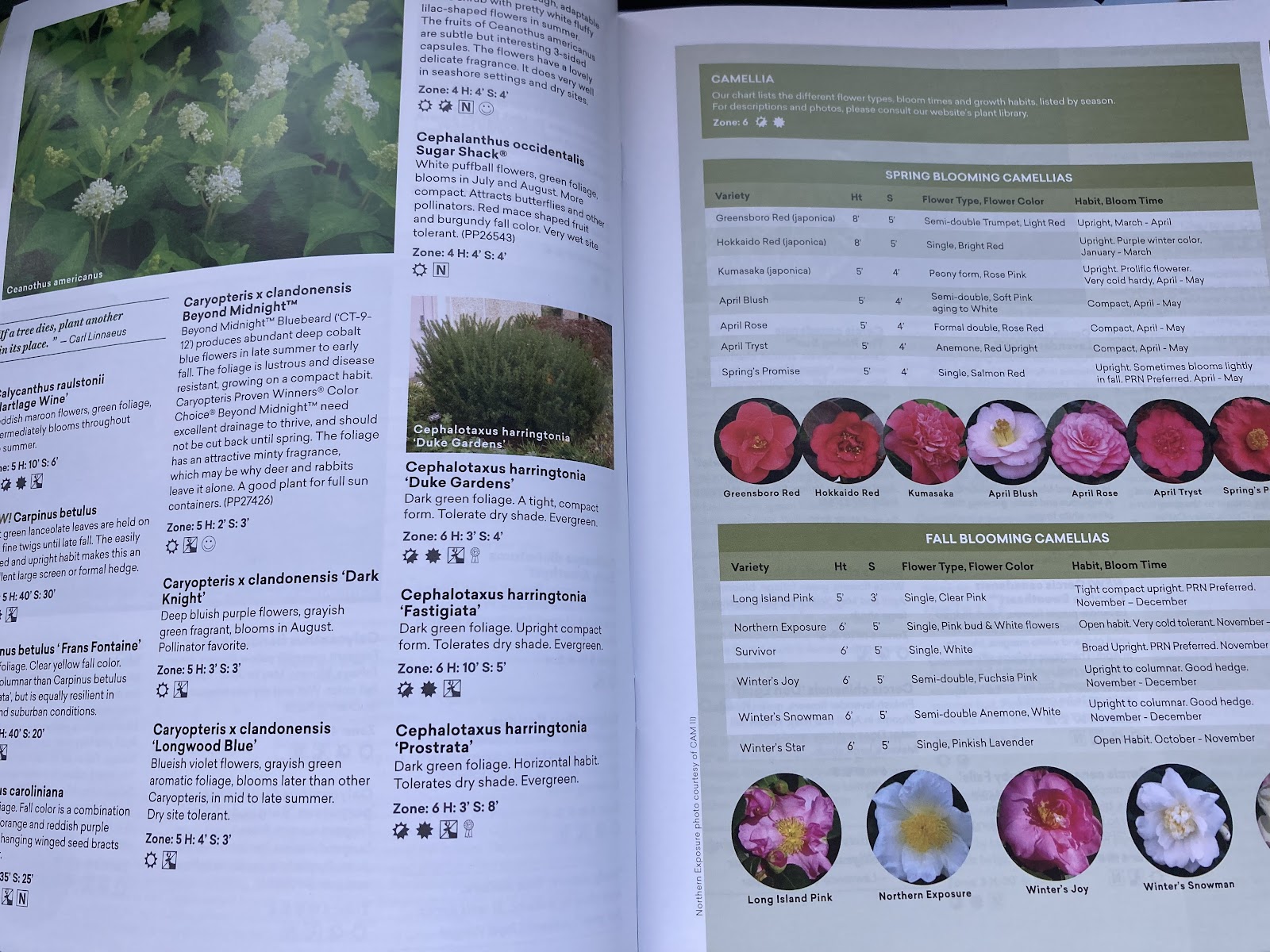
However, I hadn't visited or used them because they are a wee bit far, I thought, for a garden design resource. I was wrong about that. There is a minimum for pick up that could thwart the daily needs of my hands-on garden designs, especially as it relates to my long-time clients. But for first installations on new garden designs, this is a stellar plant resource.


And the Grounds for Sculpture is a haven that not only has hosted my musician brother James who has played there with some frequency (Jazz in the Garden. ahhh) yet I couldn’t ever manage to get there due to work schedules ~ limited time because we were only in the Garden State on weekends, and I was so busy (thankfully) with garden designs and client hort work with my team. Nevertheless, folks chided me over the years for not visiting there, saying, “Leeann! You of all people should visit. You would looooovvve it.”
And so I did.
I visited; I did love it.

The best part was visiting these two remarkable plant meccas with not only my husband, Bill, but with my fellow Metro Hort professionals. Visiting gardens with plant people is just this side of heaven.
In great anticipation, I called my flower child friend, Lynn, on our drive down - she and Sabine were motoring together from NYC. We were calibrating the time to our destination (in our version of “are we there yet?!”) and joyful anticipation. Lynn told me there would be bagels and treats upon our arrival. I was loving it all the more. I was hungry.
Pleasant Run
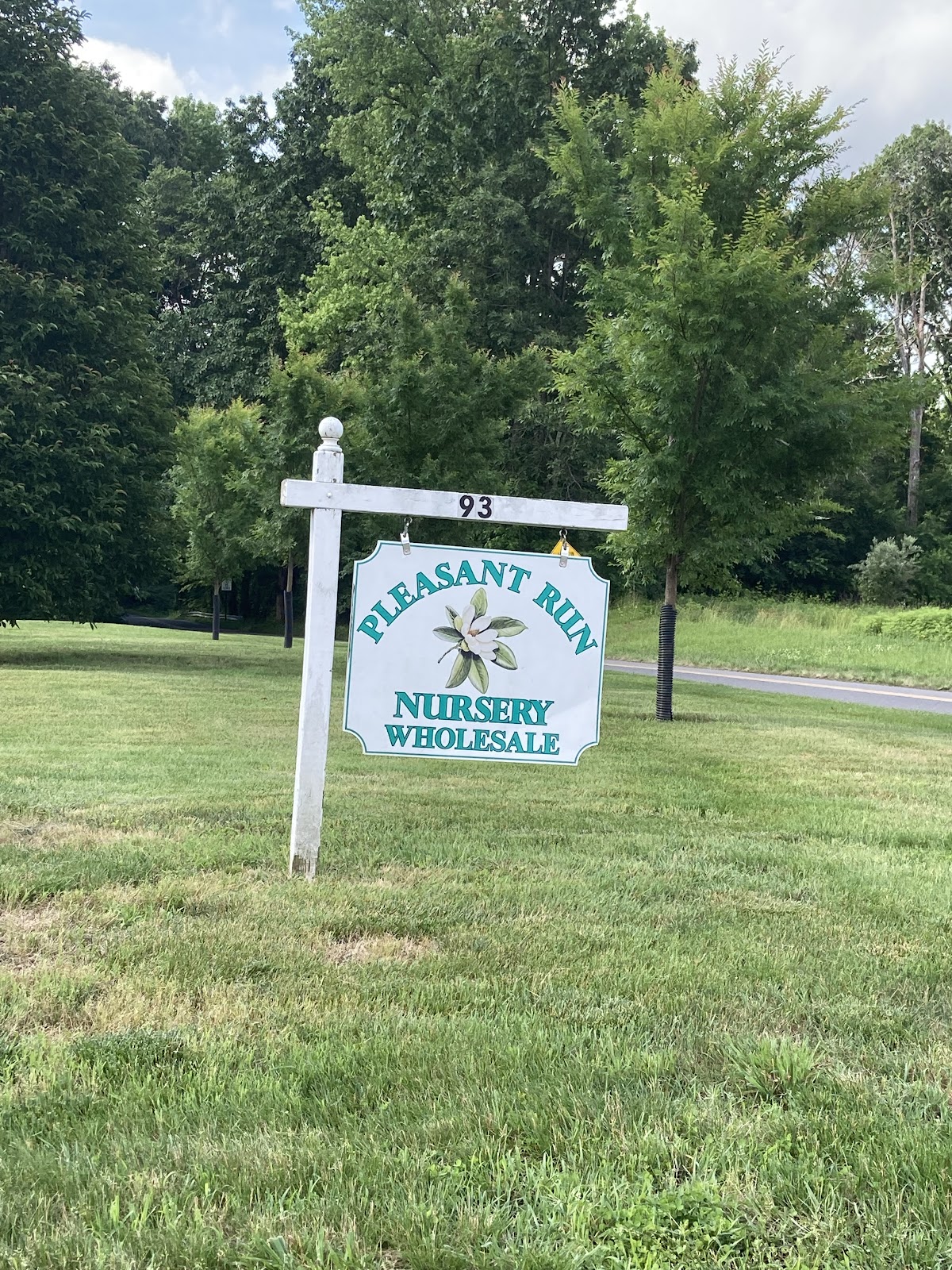
The welcome hospitality boded well for the rest of the day. We were indeed greeted with bagels that were Gotham-good! Coffee and water and bonhomie… What could be better?
In fact, that was just the prelude.
It was a rather cool day after weeks of high humidity and heat so we had that going for us too.
Carl, one of the children of the first/original owner is a terrific guide. He is a fifth generation nurseryman with a BS in Botany and oodles of nursery experience in addition to his family’s jewel of an award-winning nursery. He’s abundantly knowledgeable and funny. At each point, he taught us about his family’s dedication to high-quality native plants and experimenting with undiscovered “new” plants for the marketplace.
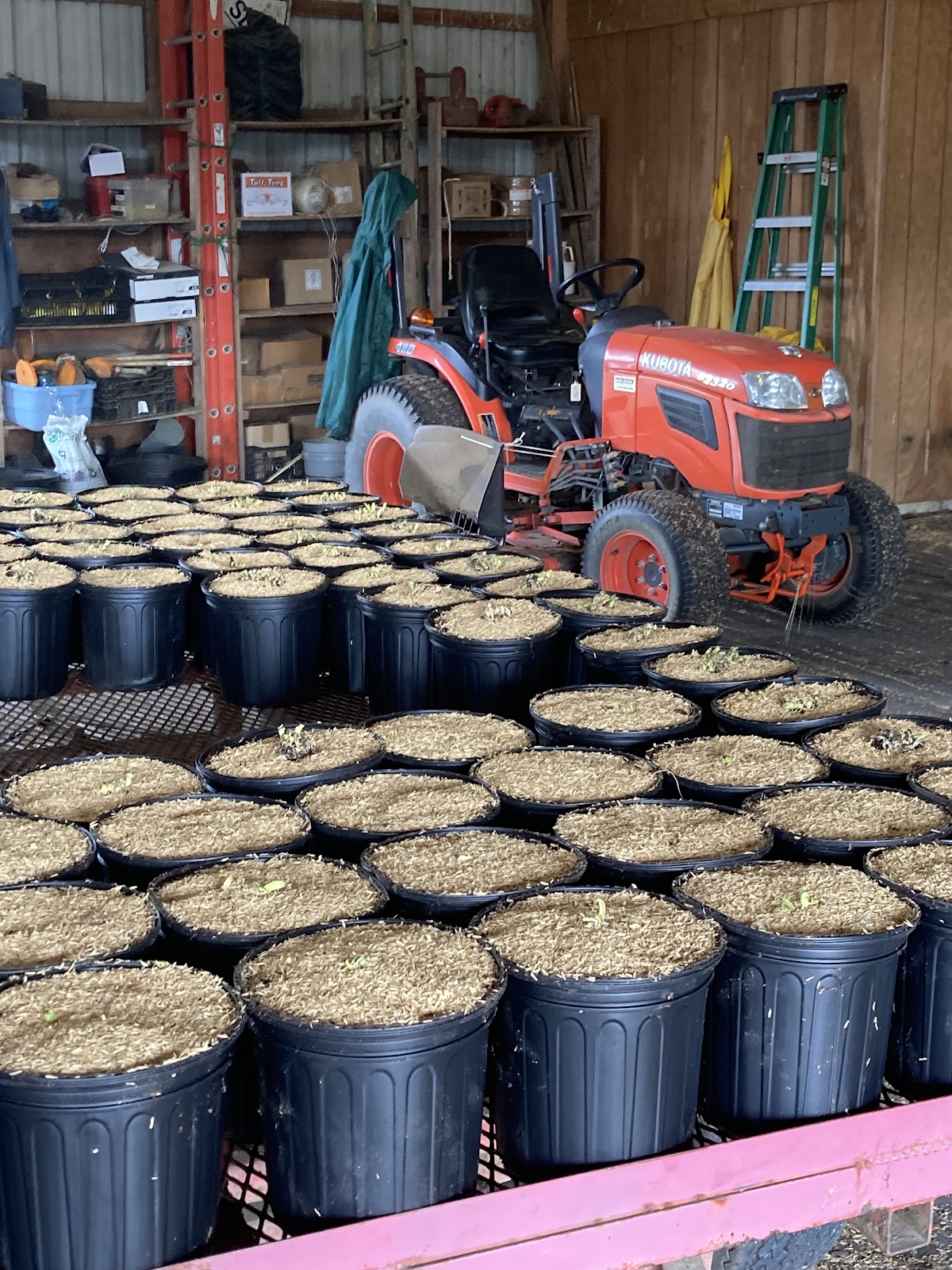
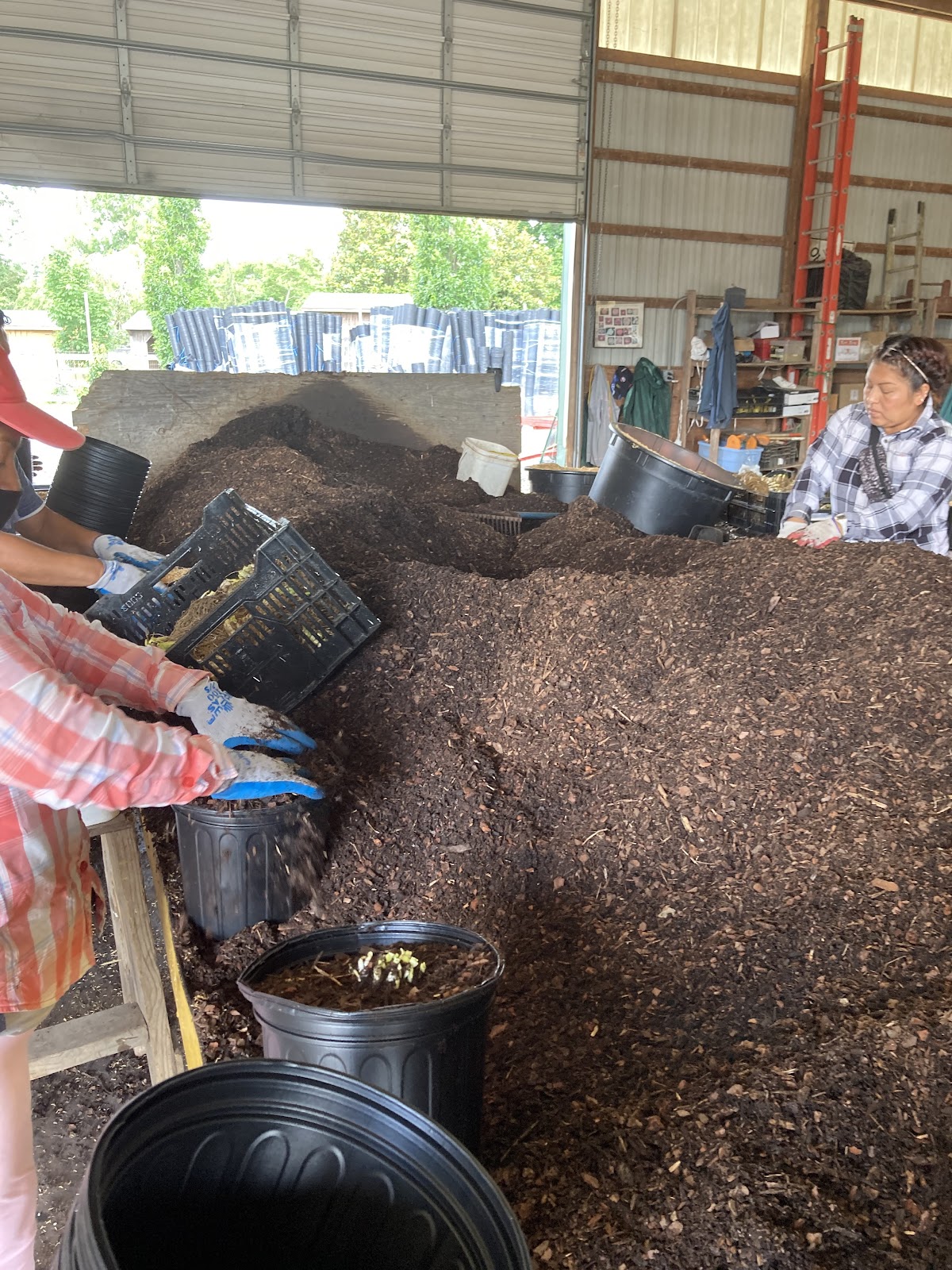

The first thing that struck me and I daresay others in our Hort cohort is how clean the 15-acre nursery is. I mean there are no, or relatively no, weeds!
And all the plants they provide are in pots/planters. Pleasant Run’s pots are most pristine.
The nursery is to the trade only. If you want Pleasant Run plants, please ask your garden designer or landscape architect. You will be well rewarded. Pleasant Run specializes in native plants and for that they have been selected as the first wholesale nursery to be recognized as a Garden State Sustainable Business.
I love good stories. And I’m sure you will appreciate the family story behind the nursery. While we were given the overview while indulging in our bagels and coffee, here is a succinct overview from their web site:
Pleasant Run Nursery was started on a farm in central New Jersey in 1998 by Richard Hesselein. He had grown up in California as a 4th generation nurseryman, with a degree in botany from Humboldt State University. He relocated to New Jersey in 1977 when he and Heidi Flemer Hesselein (also a 4th generation nurseryperson) were married. Both worked at Princeton Nurseries for a number of years, increasing their love for and knowledge of a very broad range of woody ornamental trees and shrubs, field grown and containerized. Heidi and Richard are NJ Certified Nursery Landscape Professionals through the NJ Nursery & Landscape Association. Richard was awarded NJNLA Nurseryman of the Year in 2008. When they started Pleasant Run they wanted to pursue their passion for growing hard-to-find and cutting-edge woody plants, perennials, ferns, grasses and vines as well as what has become a growing line of standard garden-worthy landscape plants. Richard’s interest in collecting and grafting Magnolias and other rare ornamentals has added to Pleasant Run’s lengthy list of budded, custom-grown varieties.
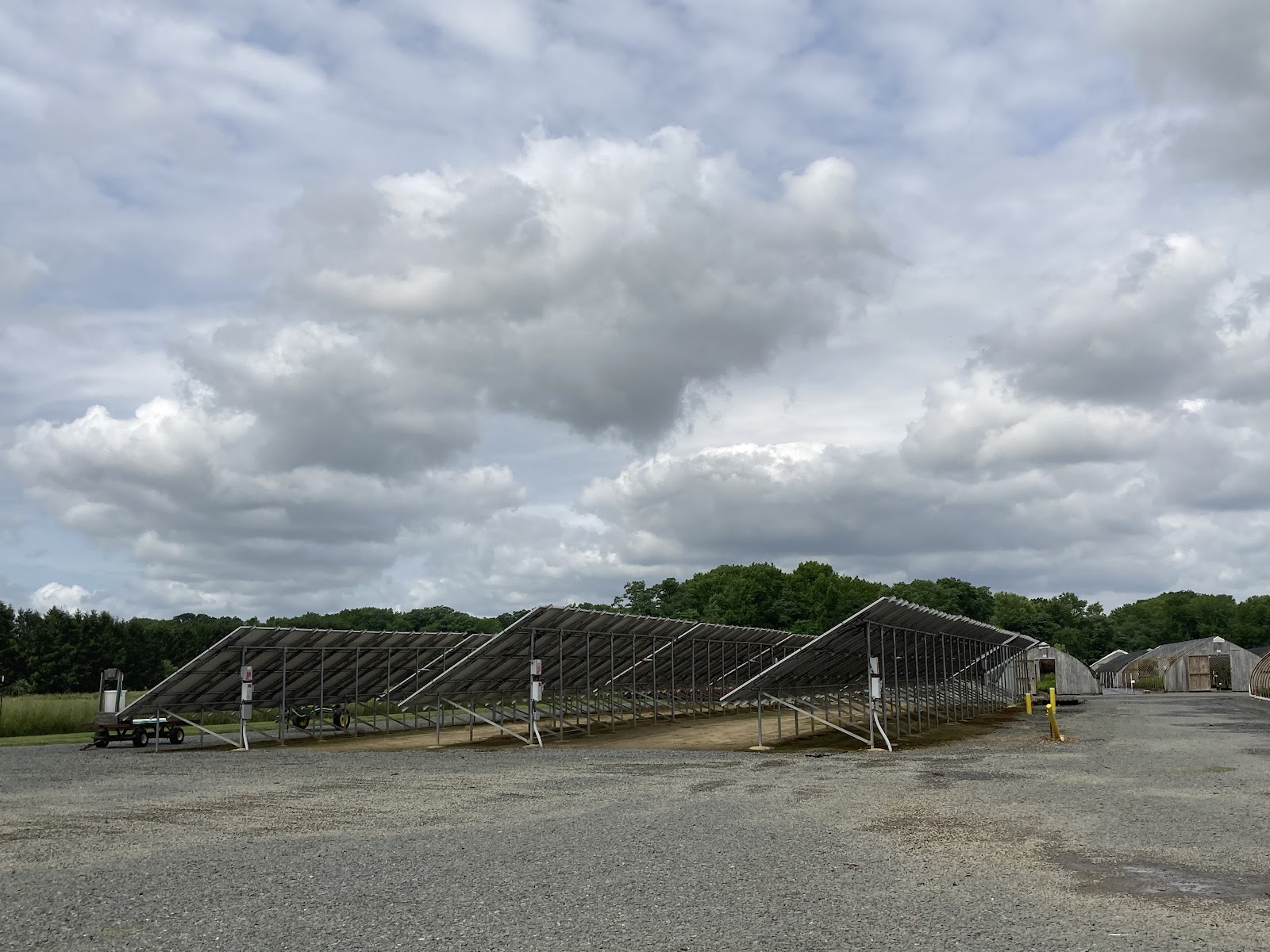
Another key difference is that the entire nursery operation is run on solar power. The solar panel grid is big. It’s impressive. And we learned it generates enough energy and electric credits that the nursery can provide back to the network - or in other words, it more than paid for itself.
And the entire operation is run on wireless apps. They use a sophisticated system that employs moisture meters. “There’s no human errors,” Carl noted. There are sensors in the soil of the pots in all 115 green houses on-property. While the irrigation duration can run from two to 30 minutes depending on the season and growing needs, he said that the average is about 10 to 20 minutes a day. That’s a lot of water by any measure.
Which leads to the other thing.
A surprising and interesting element we learned is that the nursery has to filter all it’s water because there is too much iron in its locale. Down the road a bit there is no such issue, he lamented. The family early-on installed a state-of-the art iron removal system to improve irrigation water quality in their pump house.


At first blush It seems unfathomable that a business that relies on water so much for its “product” would be located in a place that has a compromised element. Yet, there it was.
Carl noted they built big, custom tanks that consistently filter the water. And then there are the heaters needed to modulate the water filtration system in the winter. Such impressive technology to make the plants thrive in an optimum environment.
He told us they start hanging the plastic on the greenhouses around Thanksgiving.
It’s interesting that they are crazy-busy in January. They get in the bare root trees from the Netherlands and need to get them planted and growing in time for spring customers.
They also experiment with just the things they like - maybe 800 or so of some things that please them ~ from seed or from propagation. Pleasant Run specializes not only in native plants but also new plant introductions and the “unusual” as they characterize it.
It's a family-run business, after all, and they can take chances and do what tickles them.
Love it.
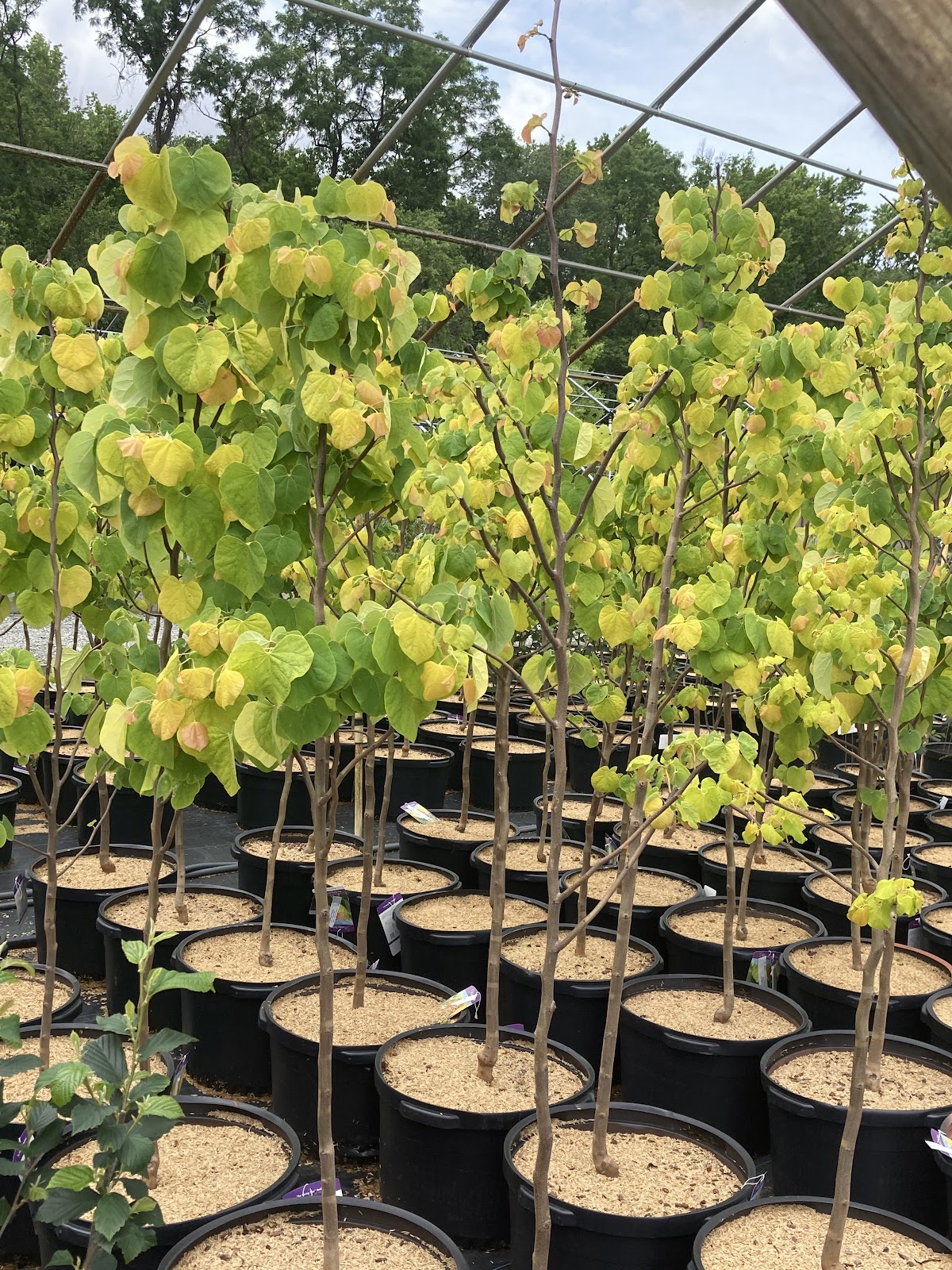
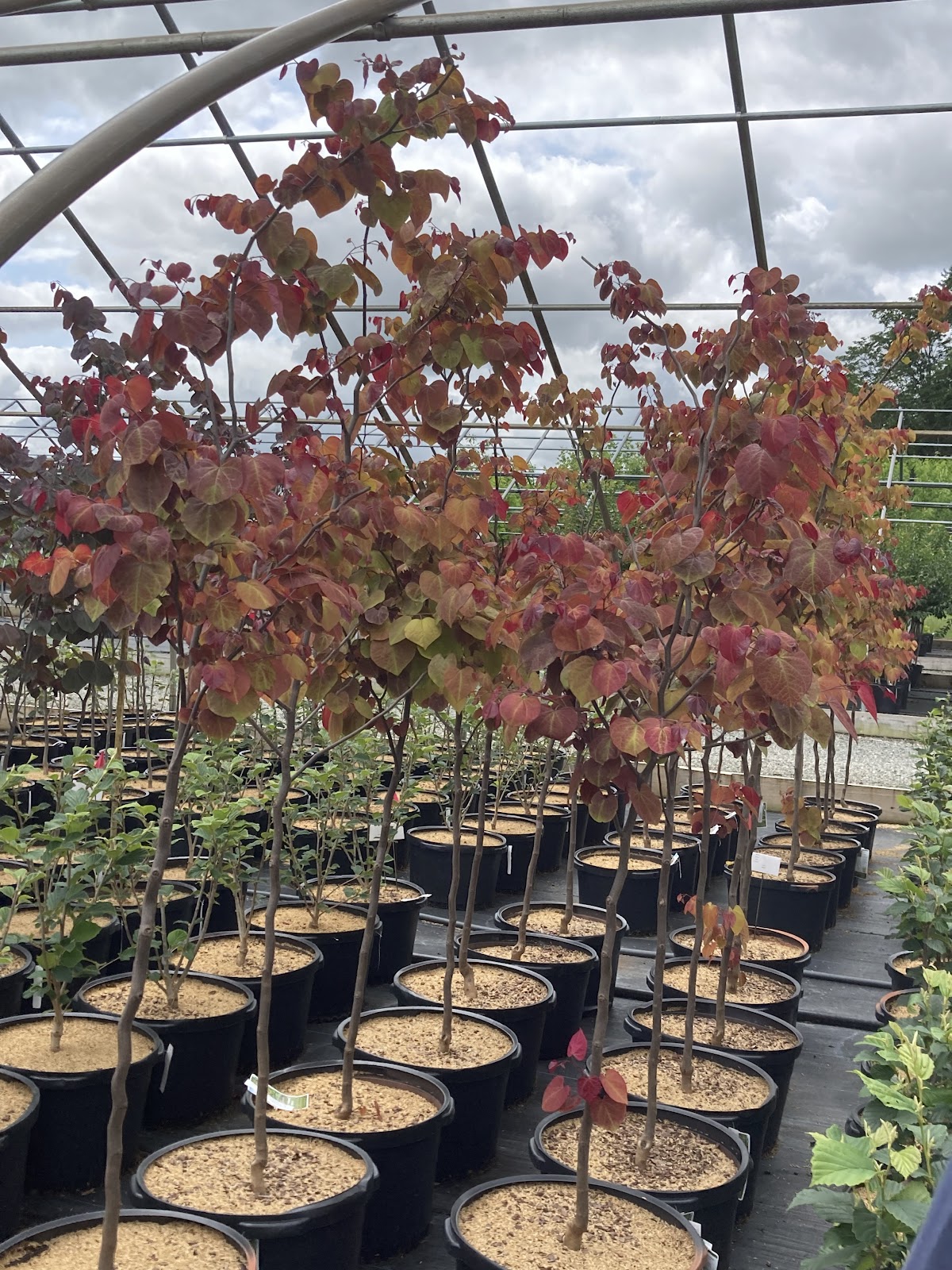
We walked this clean, nurtured, and clearly tended nursery, admiring their packing of the plants in pots, (pine bark from NC, dolomitic limestone, peat); the gorgeous trees (the Flame Flower redbud gets 2-3 flushes per year, he claims) and the luscious perennials.

The ferns were astonishing. Such care is afforded the growing environment; it's not a surprise.
I have come to adore ferns. Why? I think they are underrated - a victim of a bit of the “plant blindness''. Meaning that just because the ferns don’t sport sexy big blooms that at a minimum, folks may find ferns boring and at the max, don’t even “see” them.
I find them cool. Elegant. Classic. And use them in so many places in my own garden: indoors and outside.
If you haven’t considered accessorizing with the oh-so-many varieties of ferns, I encourage you to do so. Search. Or ask me. I’m happy to help guide your fern exploration. (Smile)
We also enjoyed touring their own homestead garden beds and the variety of planting compositions there.
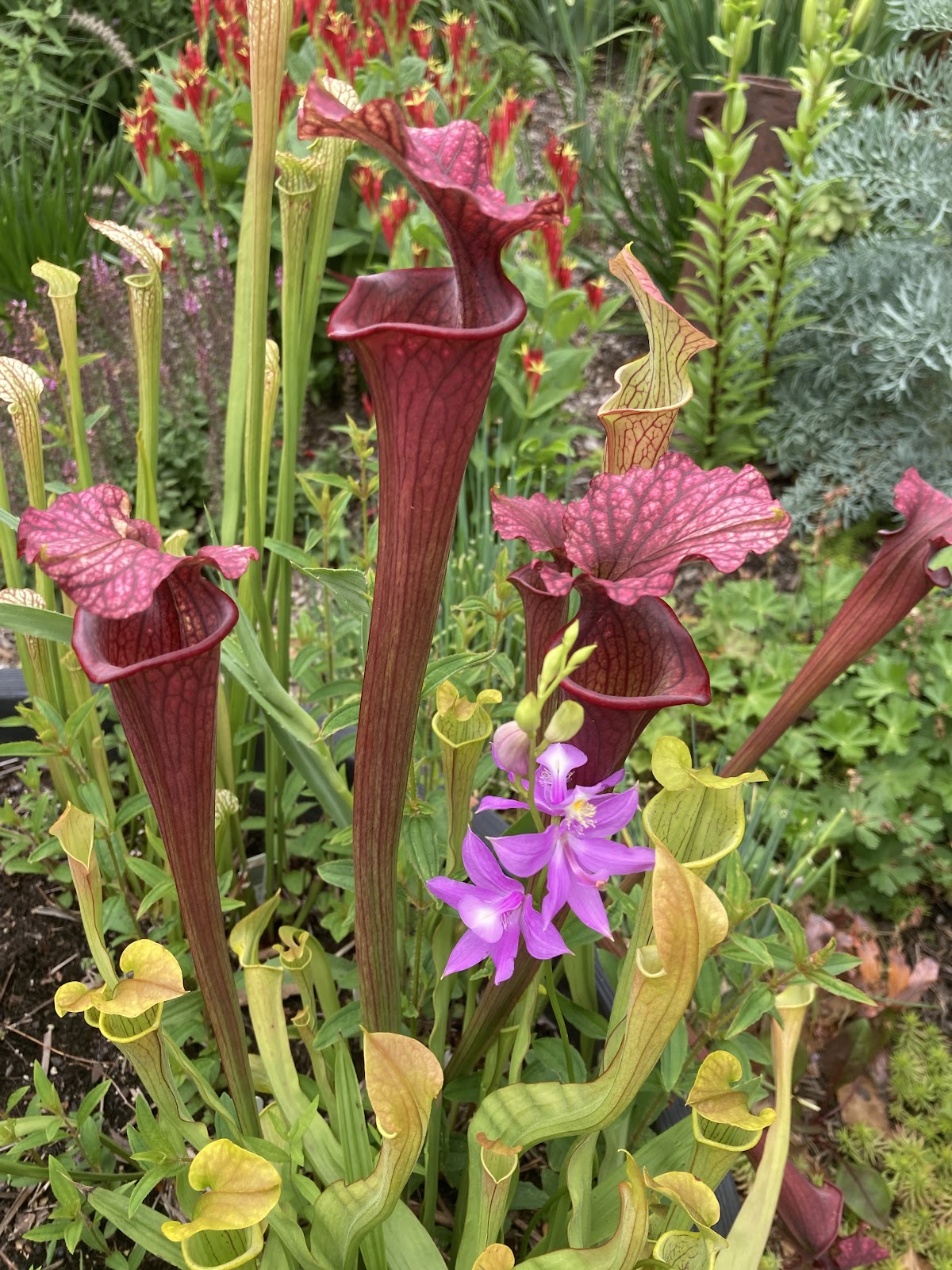
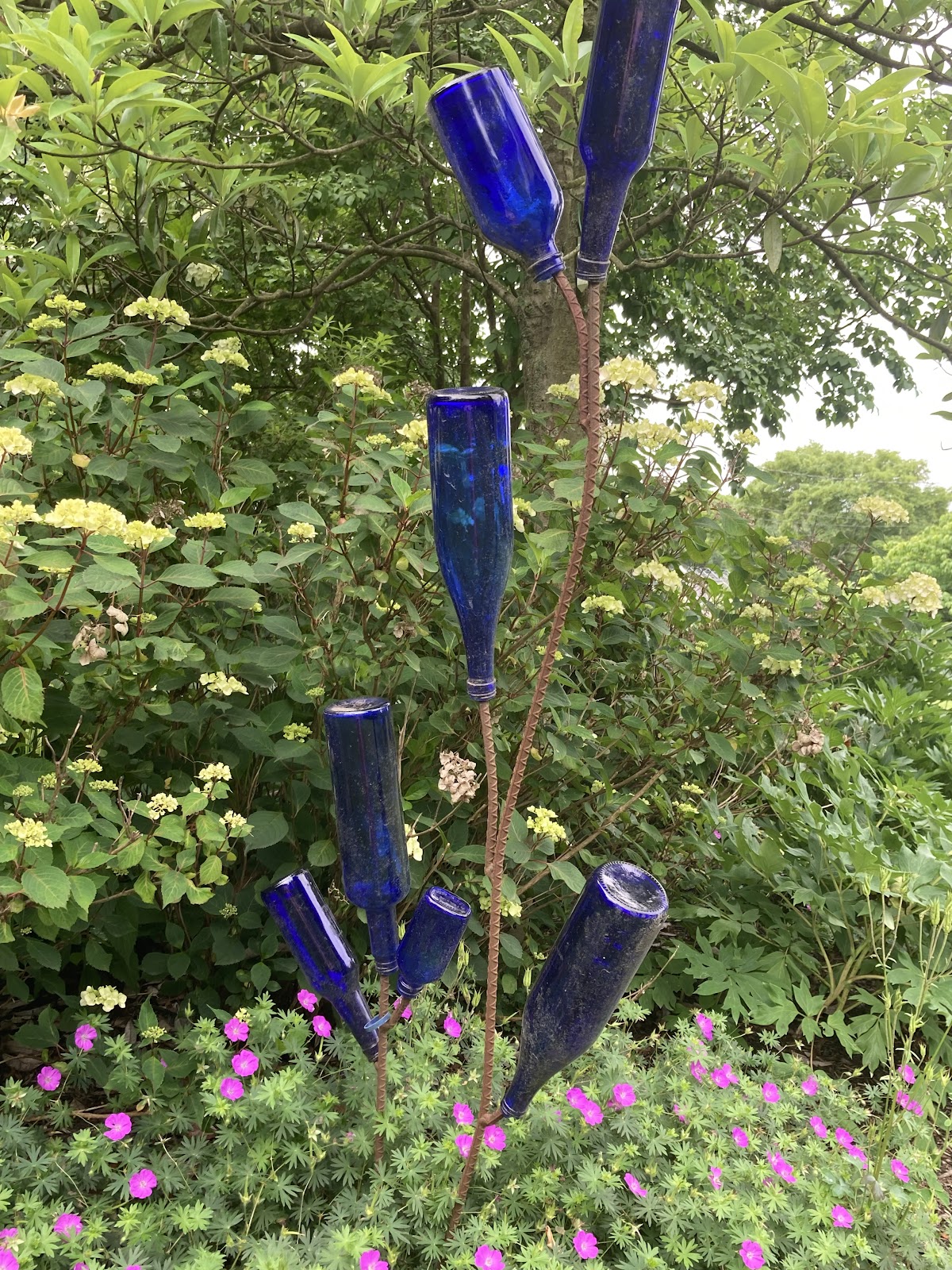
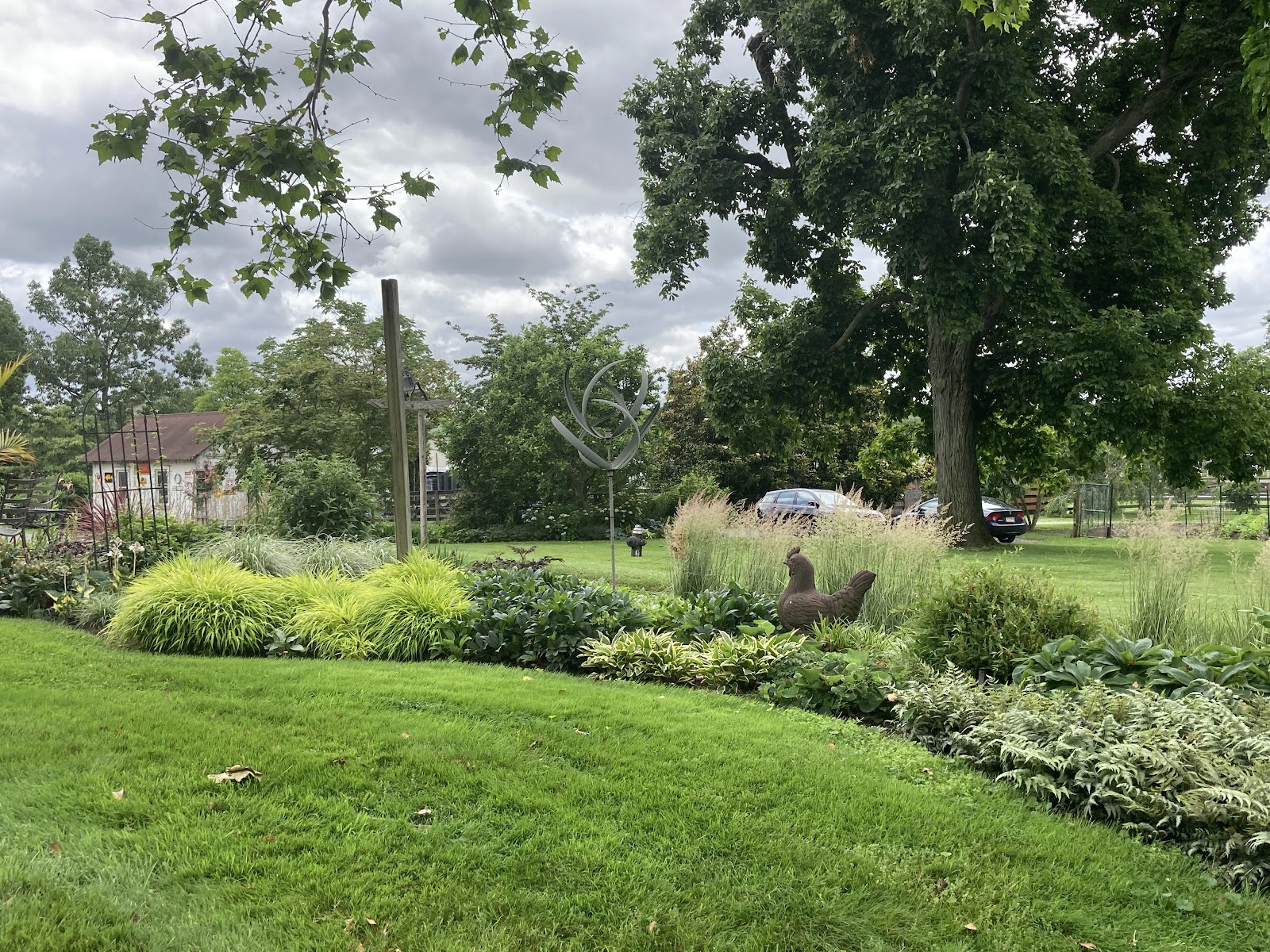
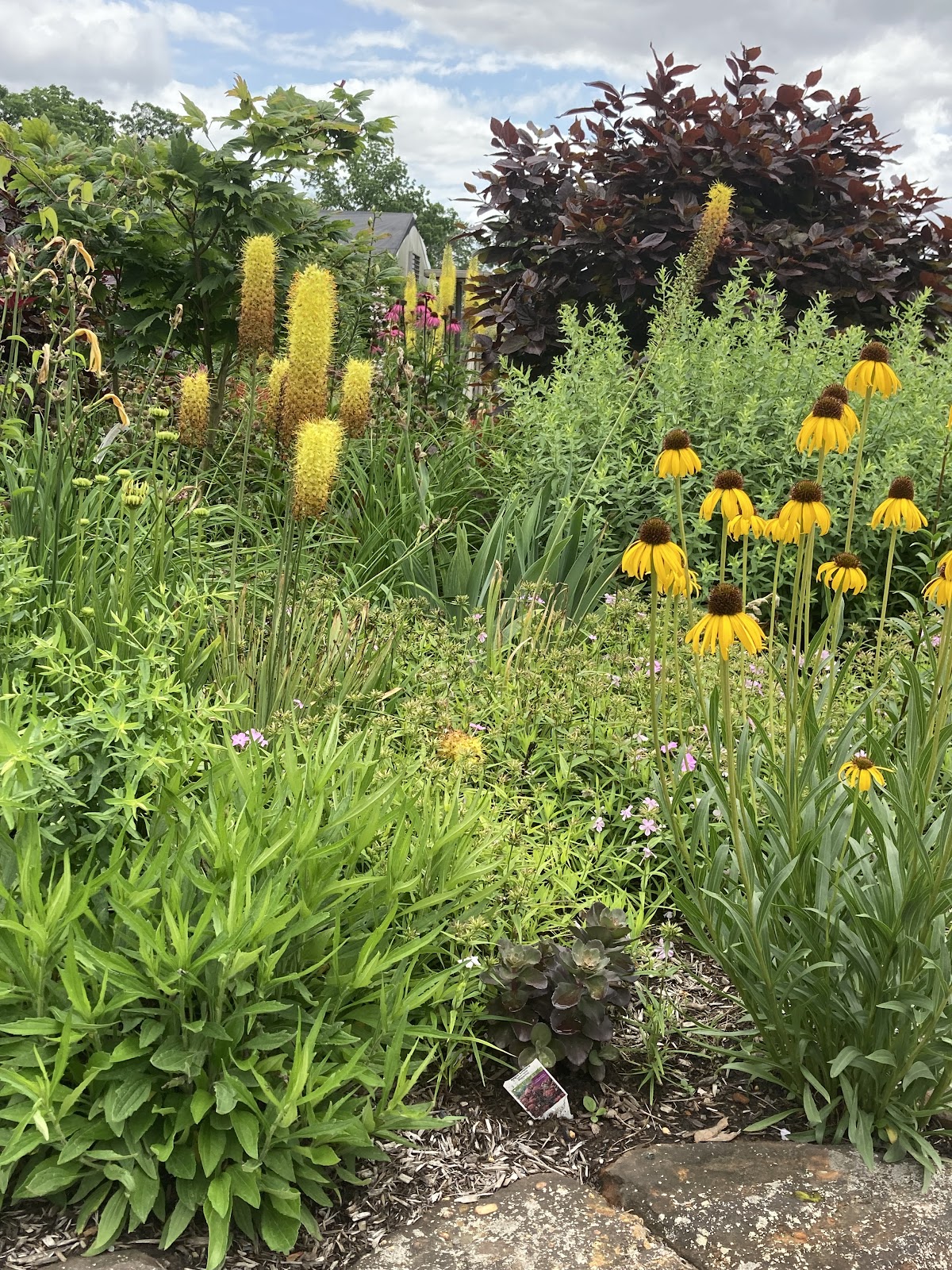
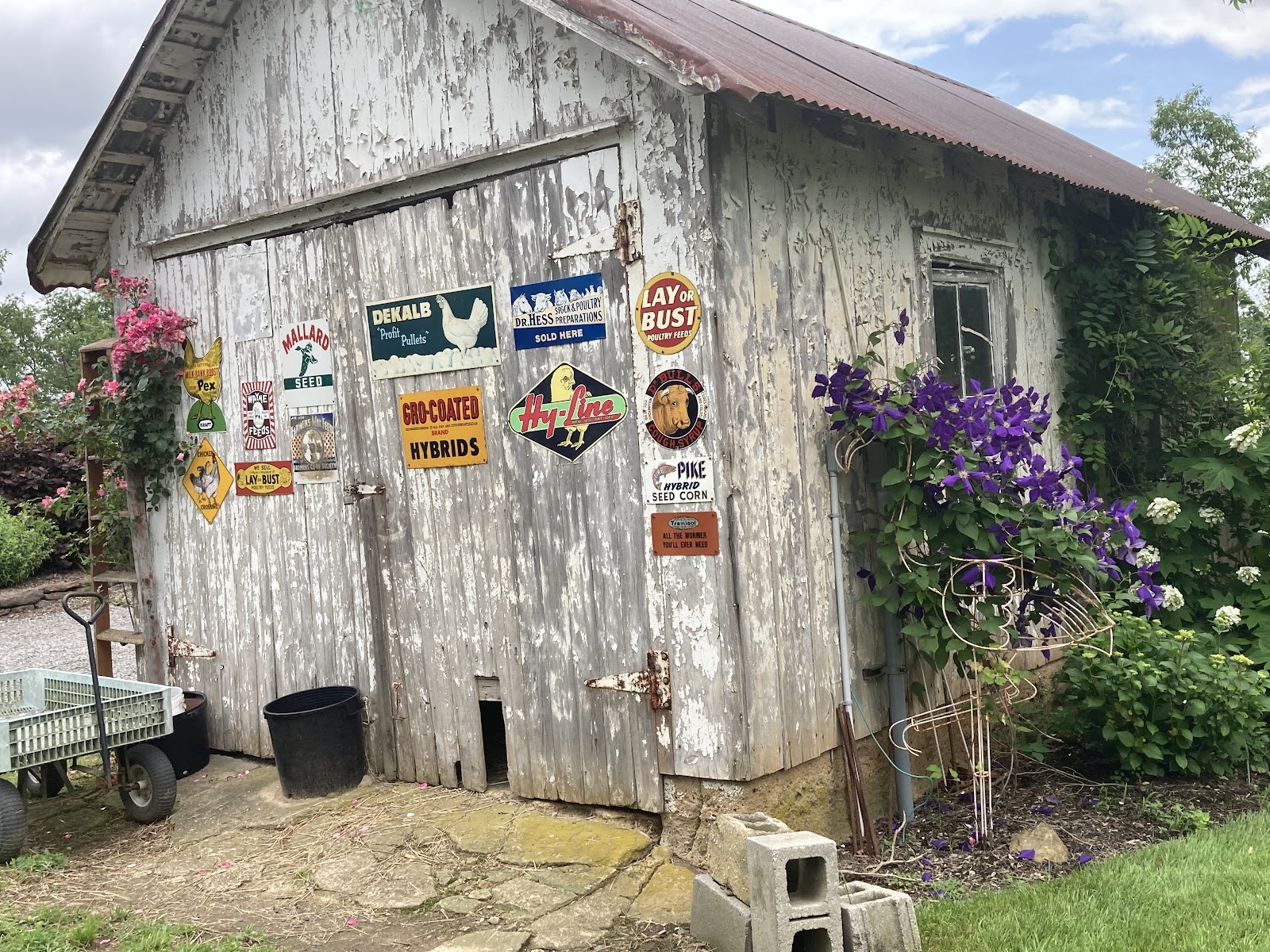
The lucky strike extra of a Pleasant Run tour are the variety of animals and birds ~ donkeys and chickens and my favorite: peacocks! They are just so enchanting. Although I did find Carl’s reference to their head size/brains funny, I remain a huge fan. (Ha. Their tails are a fan. See how these exotic birds are just so special?)


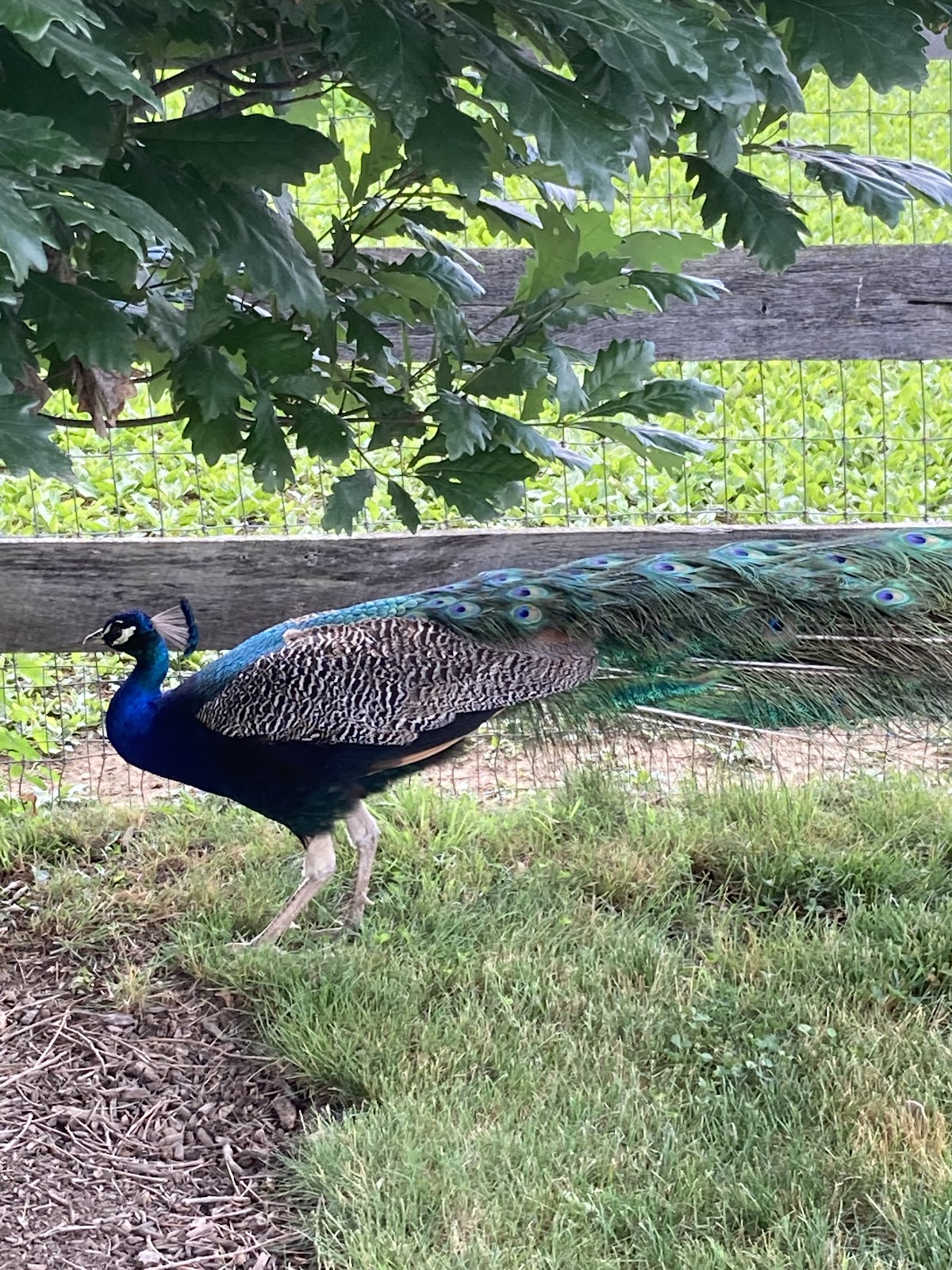
As an aside, my summer tablescape features my Lenox Marchesa Peacock dinnerware. ANd the best part ~ you're gonna love this ~ the collective for peacocks is: a Party! See my Tablescape post(s). So pretty…

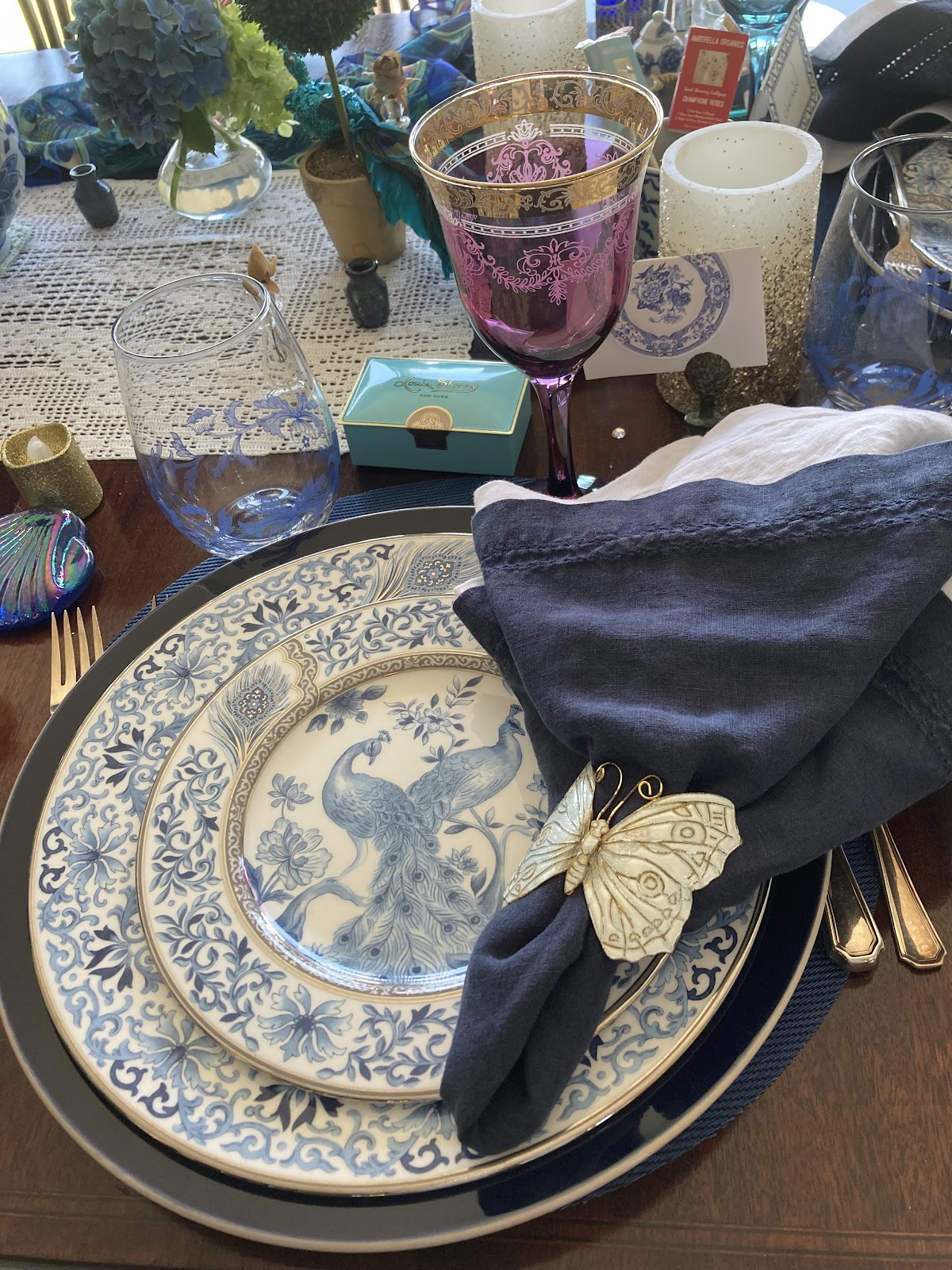
Please enjoy these images from Pleasant Run. You’ll see the allium millennial, blue cloud nepeta, redbuds ~ my new heartthrob this year is the Rising Sun Redbud tree that we saw here, at the next garden stop and that I’d spec’d out for two garden design clients. The gorgeous fuchsia spring blooms, the heart shaped apricot leaves that mature to shades of orange, gold, and yellow all at once.
Thank you, Carl and Pleasant Run.
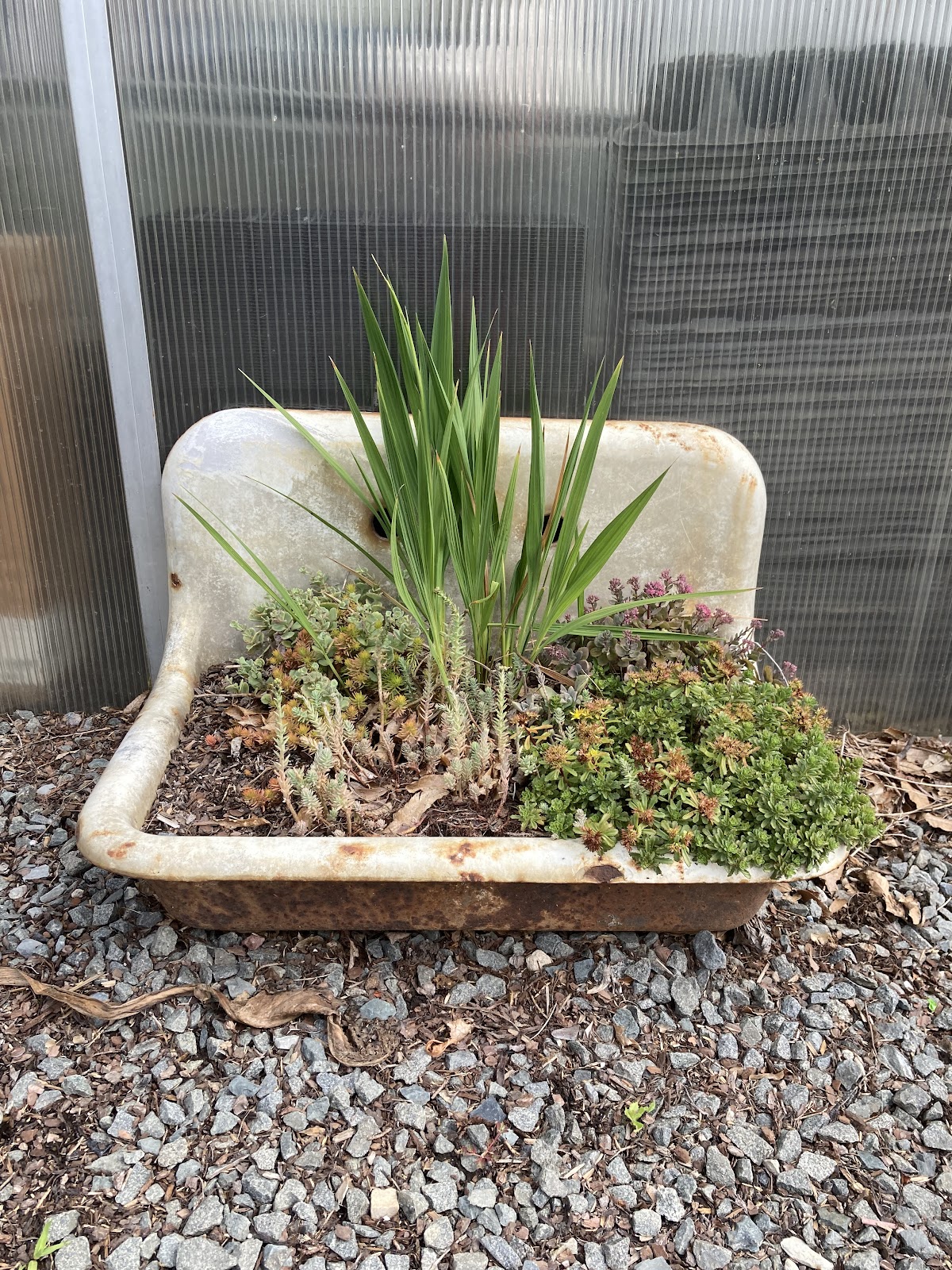
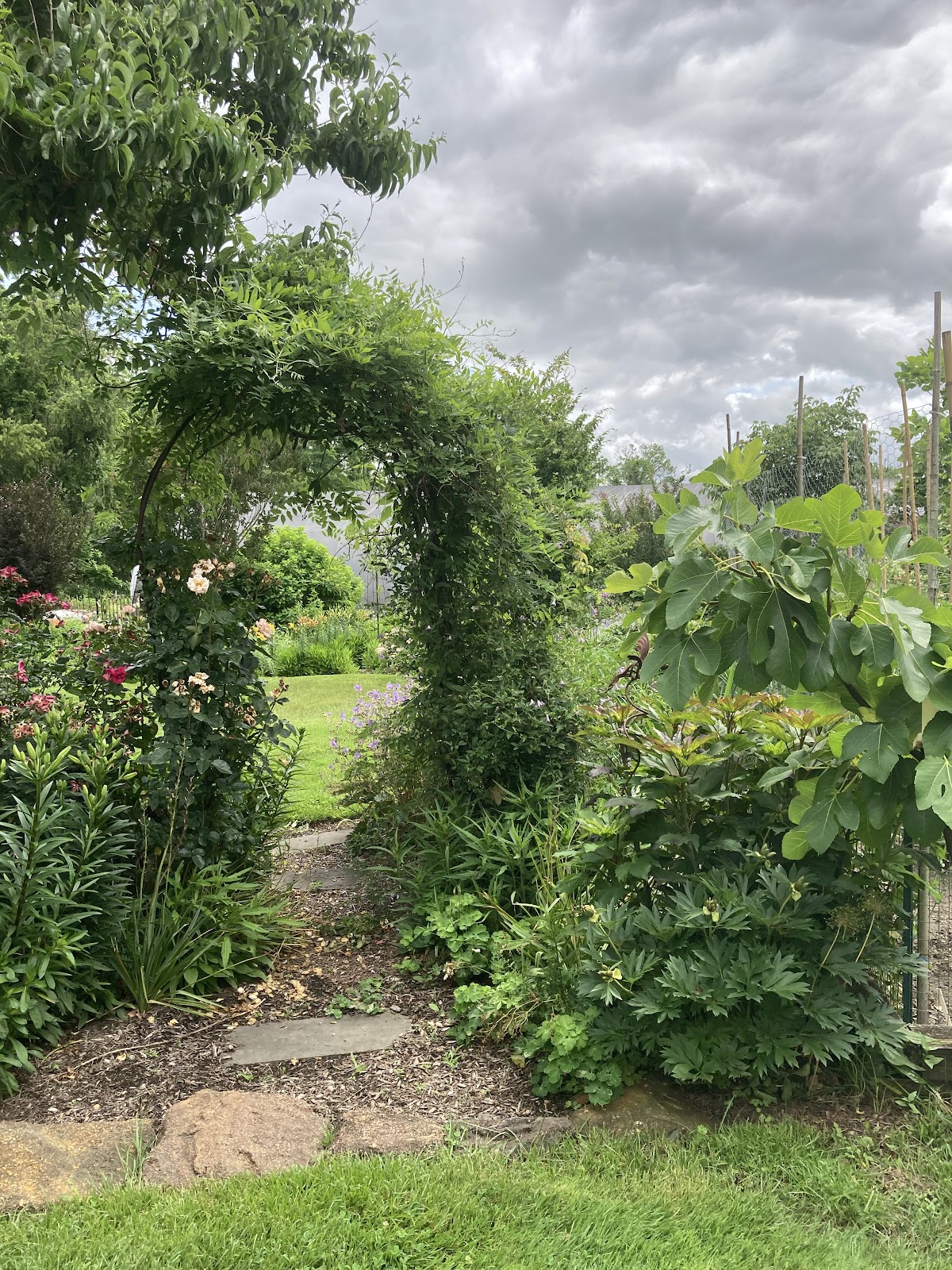
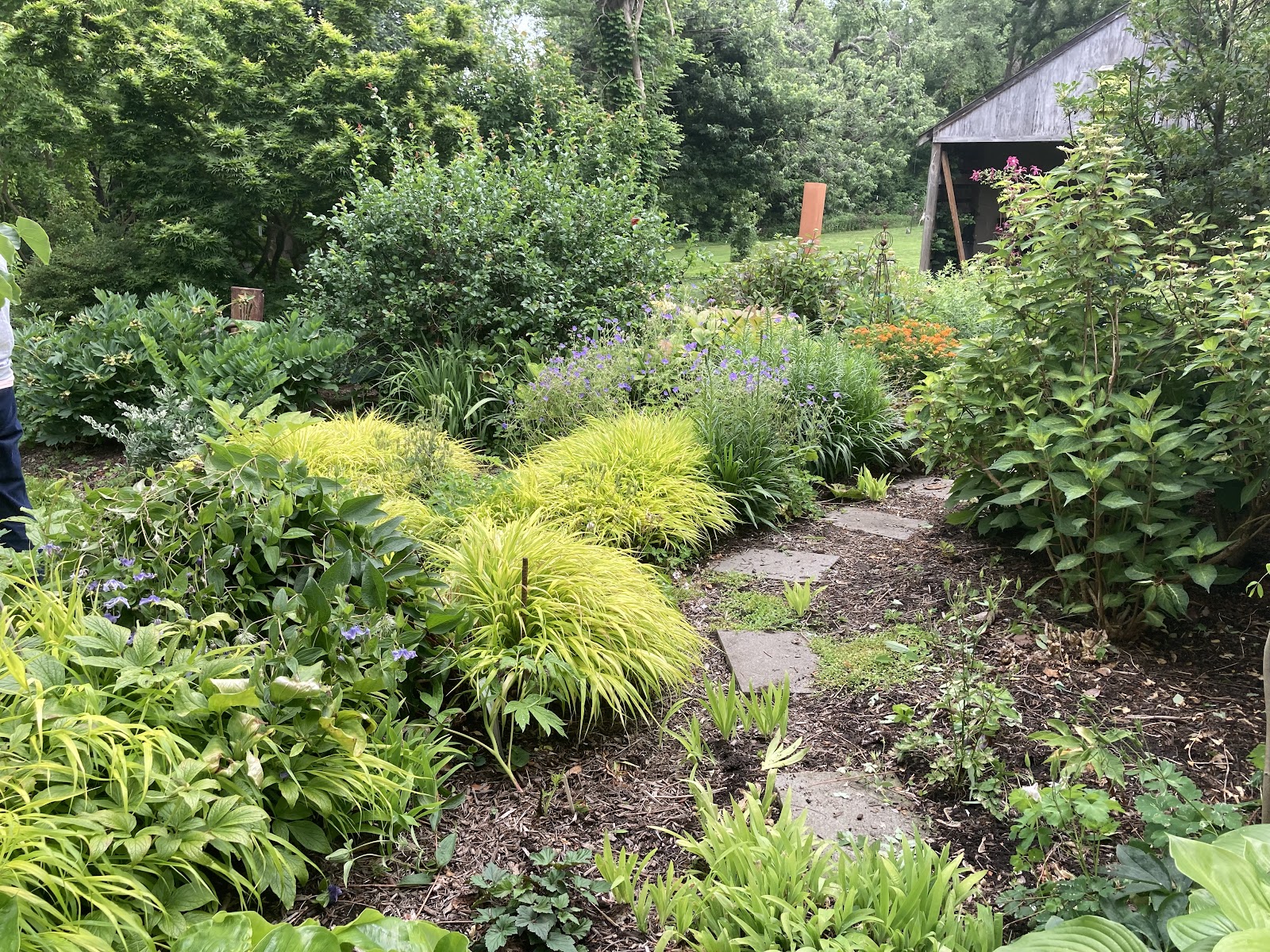
All too soon, we needed to depart for the Grounds for Sculpture.
Grounds for Sculpture
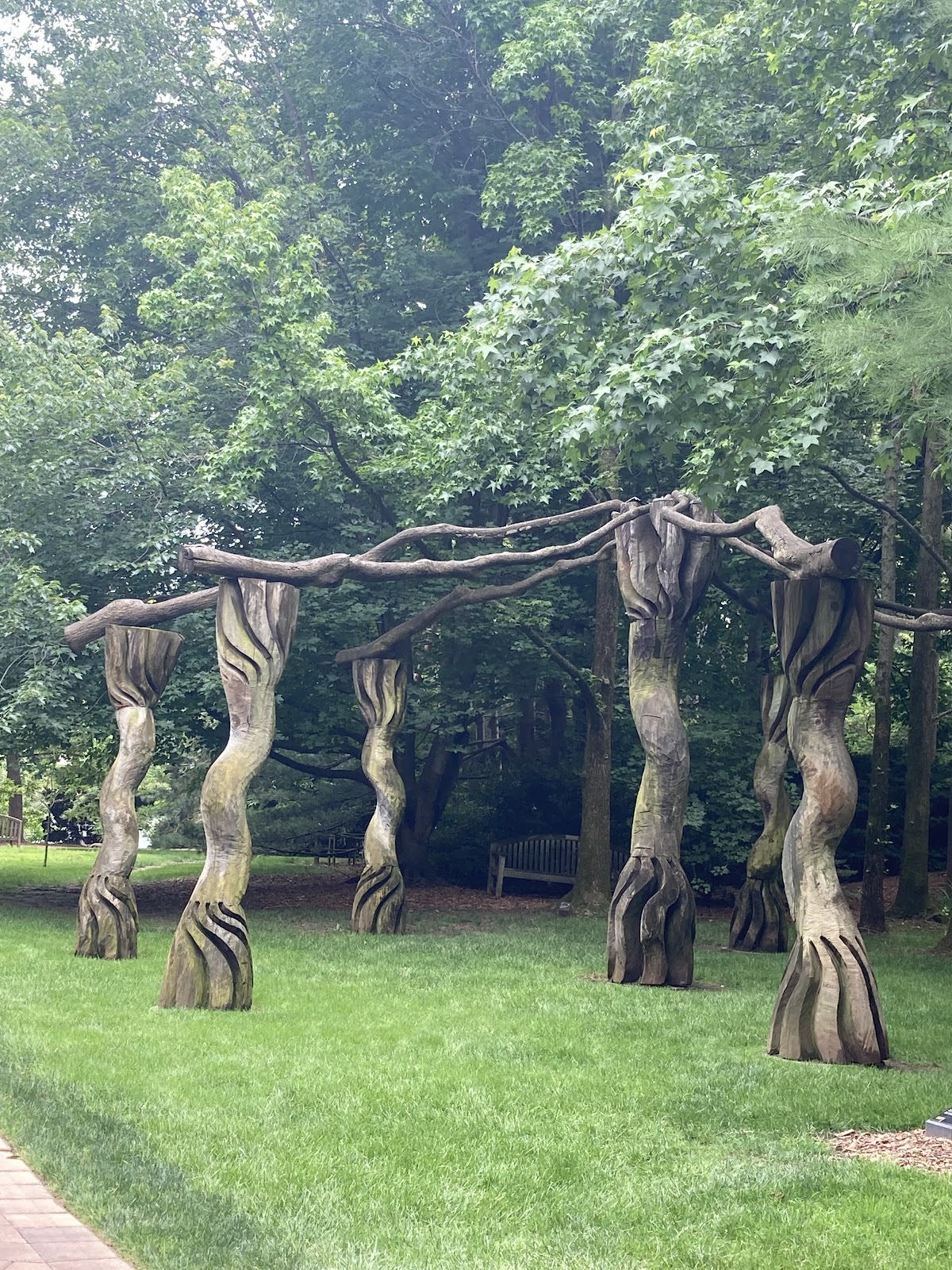
Not too far distance-wise, the two locales have in common the fact that they are family owned. But in the case of the Grounds for Sculpture, the family is the uber- wealthy, Johnson & Johnson family. (Not to say the Hesselein’s aren’t also uber-wealthy, it’s just they are not traded on the stock exchange!)
And the other difference is that the plants and landscape garden displays here at the Grounds for Sculpture were/are intended to provide a backdrop or a kind of stagecraft for philanthropist Seward Johnson’s art. It opened in 1992 on the former New Jersey State Fairgrounds.
Later, on the tour, we learned how folks who lived on the other side of the Fairgrounds’ racetrack, now live on lake front property due to the landscape design! Talk about getting lucky…
Back to the tour. We enjoyed a most pleasant lunch on a terrace that snuggles up to one of the designed ponds.
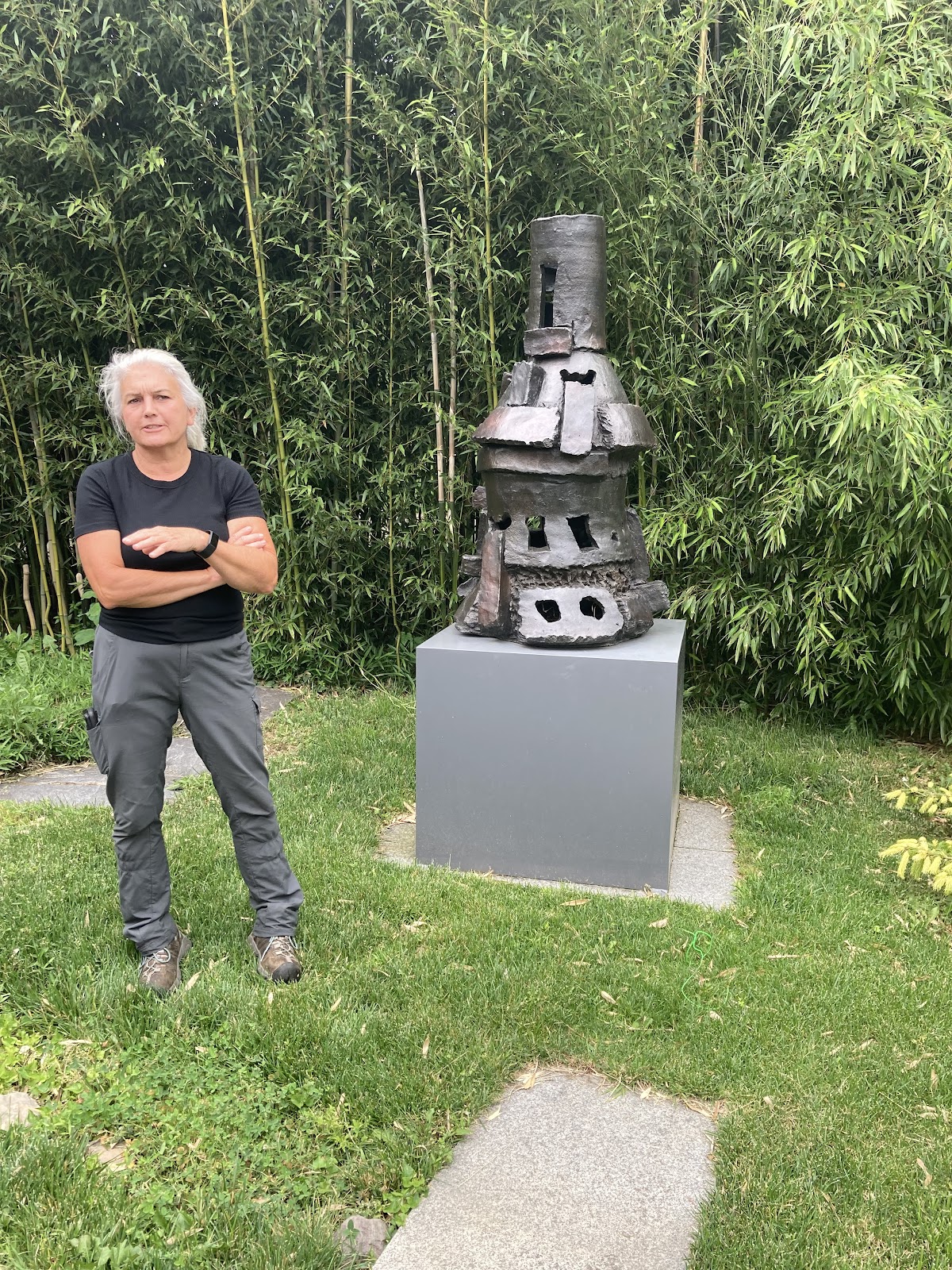
At the start of our tour here, we were introduced to Janis Napoli, Horticulturist. Janis is extraordinary! She manages this entire operation with just her staff and just two gardeners. And so she really appreciates her Volunteers. Janis worked at Brooklyn Botanic Garden and I’m sorry my time working there as Director and Vice President of Communications didn’t coincide with her time there. So close… Janies also worked at Prospect Park in Brooklyn, and worked at the Chinese Scholar Garden and Snug Harbor Botanical Garden in Staten Island.
Yet she is a Jersey Girl! So it’s safe to say that Janis has found her North Star at the Sculpture Gardens.
Janis provided us an overview of Seward and his foundry and school and atelier and how the landscape came to be.
In the mid 80’s he purchased the NJ State Fair Ground - in parcels - as a place to showcase his art. Today, the landscape is 42 acres.
It was a race track so understandably, the soil was very poor.
The main objective initially was to improve that soil and get fast-growing plants and compositions in there.
Brian Cary was the original landscape designer. Many in our group know/knew Brian and were very happy with seeing his work.
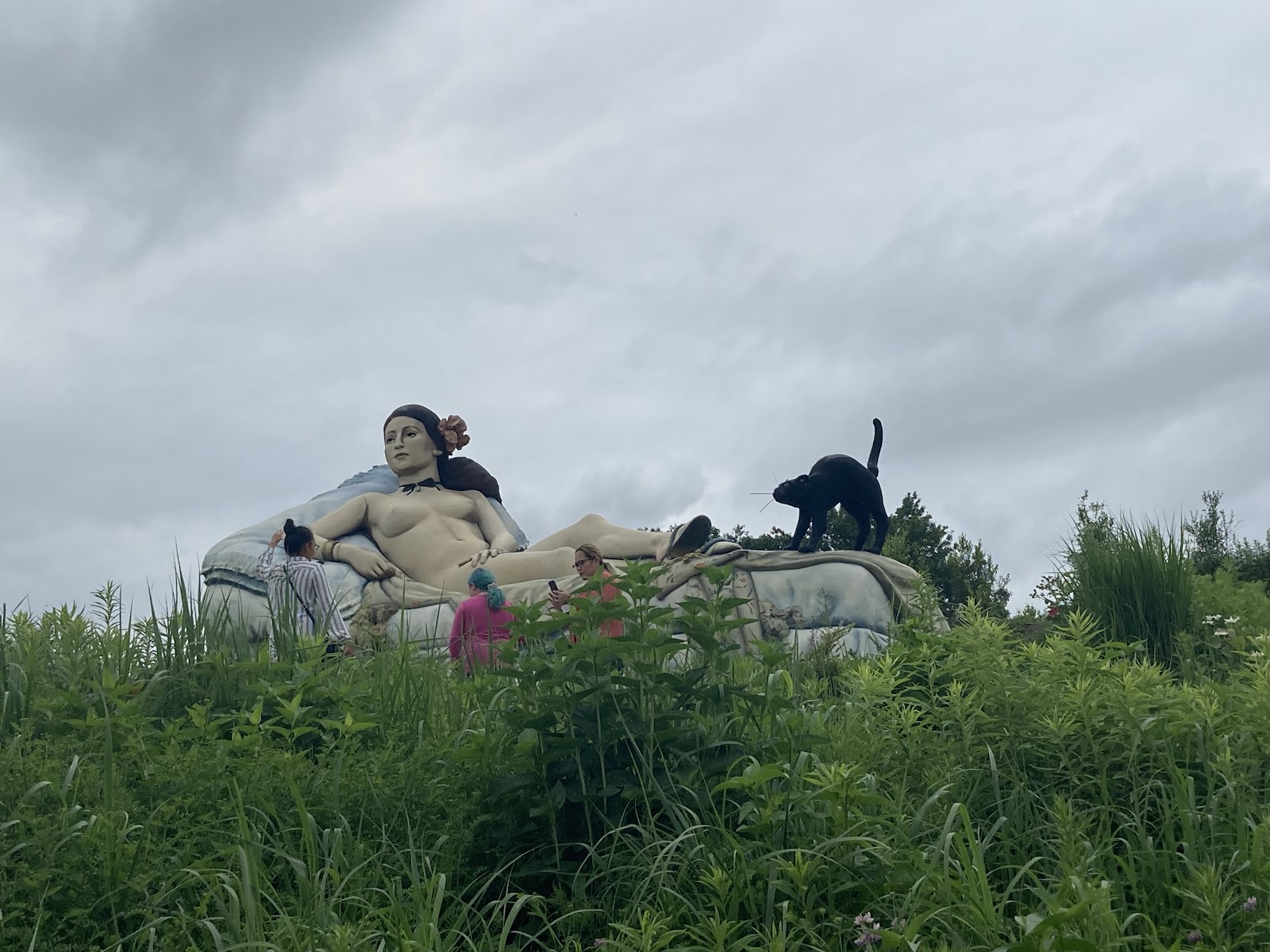
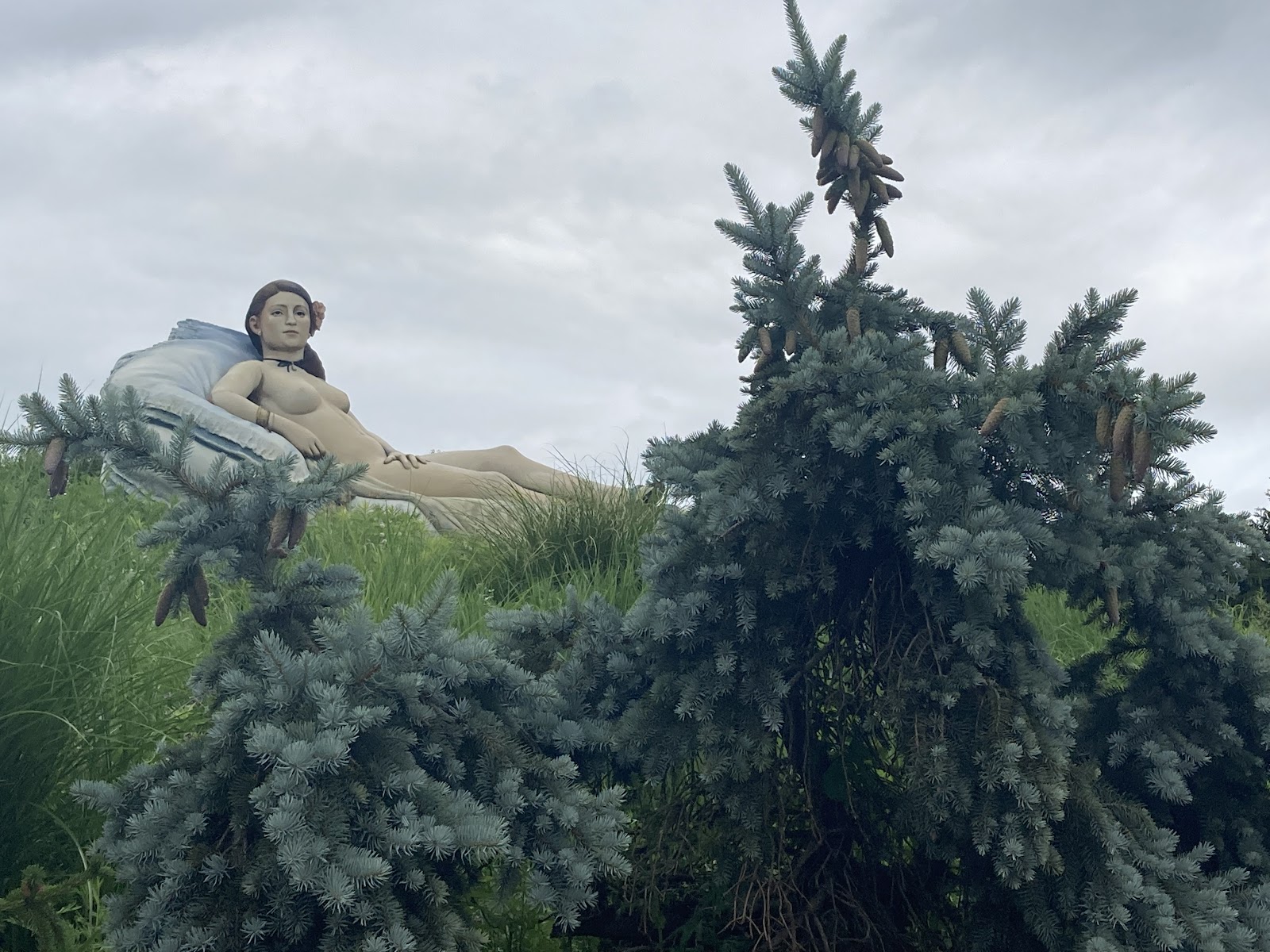
I’ll be honest about some of the “sculptures.” They are soooo big and kinda’ intimidating.
Greeting us was “Confrontation Vulnerability,” a HUGE woman lying in repose, was created by Seward Johnson.
I couldn’t quite get my head around this one, and the conversation with the group was restoring the rose beds that surrounded the big lady.
I re-focused my attention away from “Confrontation.
The roses were/are suffering from the rose rosette disease. Janis explained how they are cleaning the plants vigorously in order to remedy.
Rosette disease, to my knowledge, doesn’t affect heirloom or what I call, “real” roses but rather the branded, continuous blooming hybrids (carefree, knockout, etc,). The disease is a virus, spread, or vectored by a mite; it causes the plant parts to grow eerily deformed.
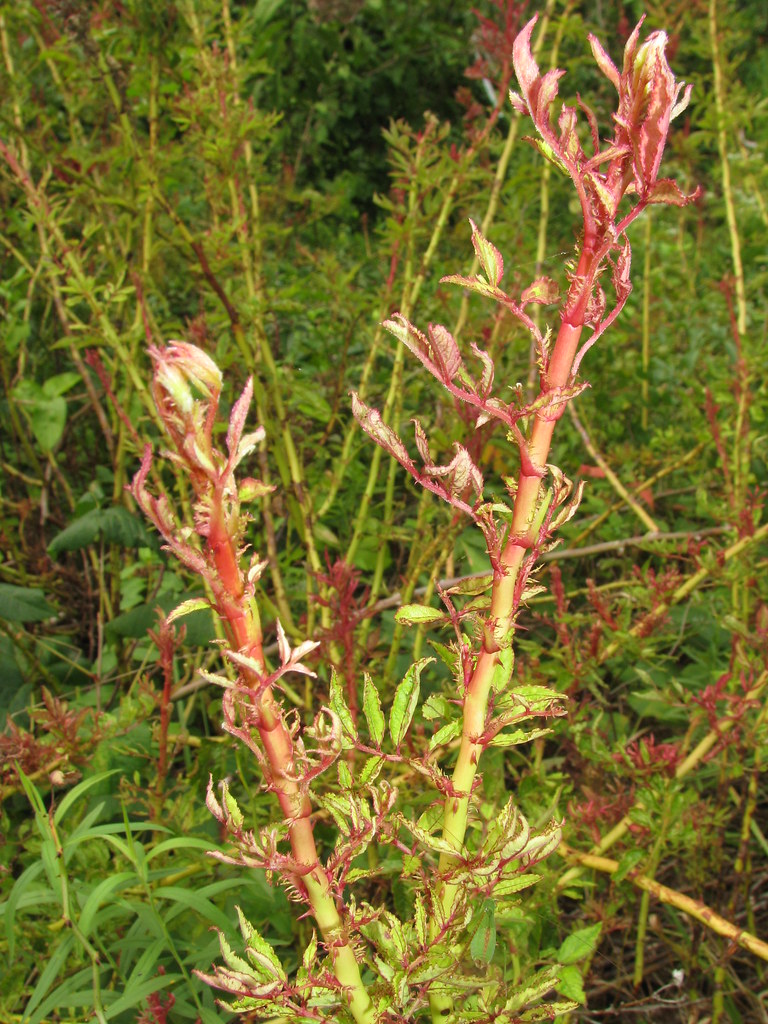
I didn’t suggest it there but when I discovered this horrific condition on some of my own roses, last year, I learned there is no cure, really. You need to rip it out the plant and dispose of it appropriately (read, not in the compost).
This disease is devastating to gardens and public parks that thought these roses were the miracle answer to the look of roses without the work… Wishing good health to the roses there. I'll pray to the rose goddesses.
We were told Seward’s oeuvre, such as it is, was to take an Impressionist painting and recreate the entire scene. As the quantity of big art Johnson turned out, he needed a place to display it. The Grounds for Sculpture was born.
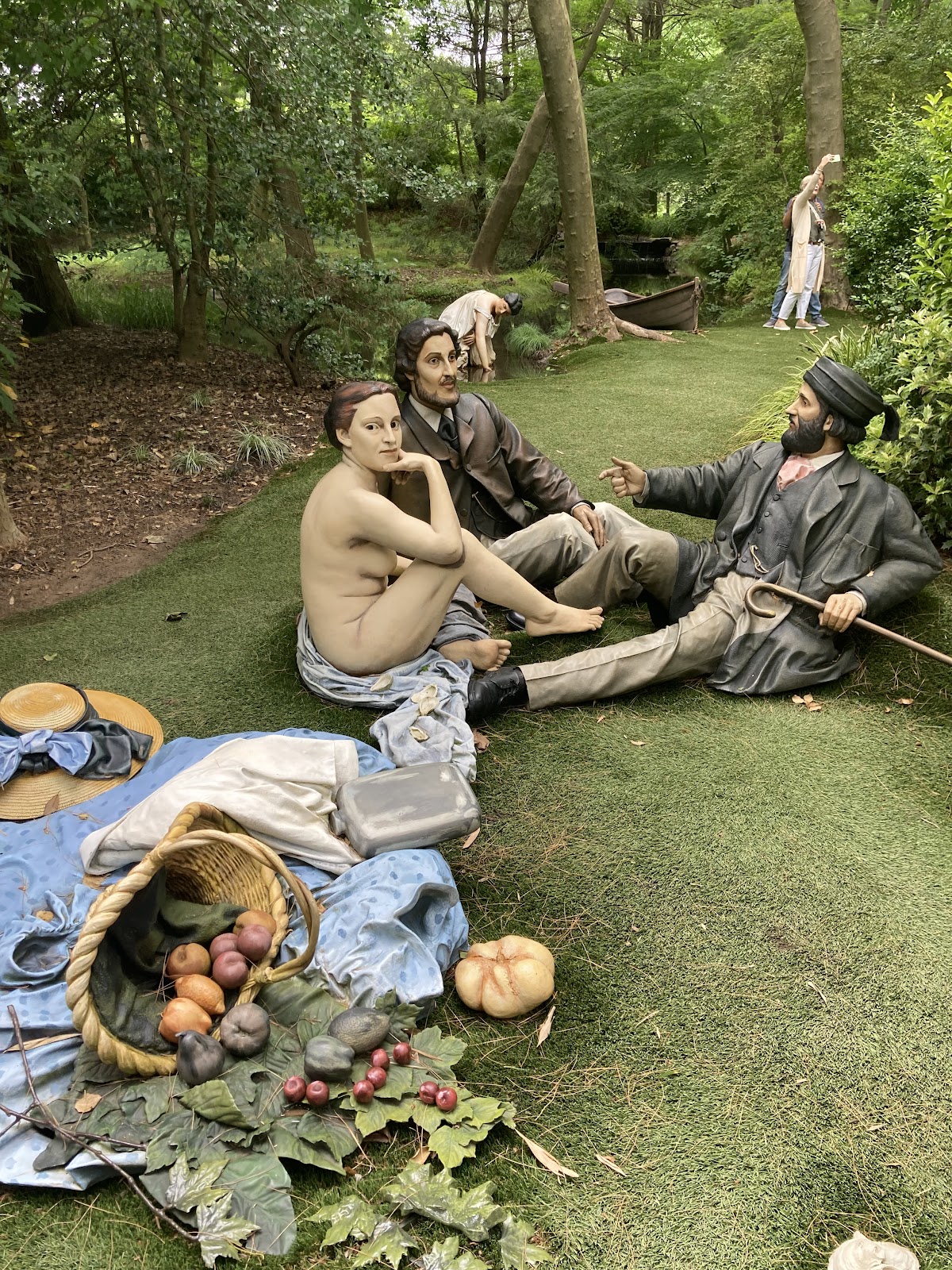

As in, “Dejeuner Deja Vu,” the picnic scene from Edouard Manet’s “The Luncheon on the Grass,” with the nude lady and men sitting by the in-situ pond Seward created.
This was almost my favorite. But more for discovering the snake there while I was taking a photo behind the bronze figures! (see my Instagram post). Fun.
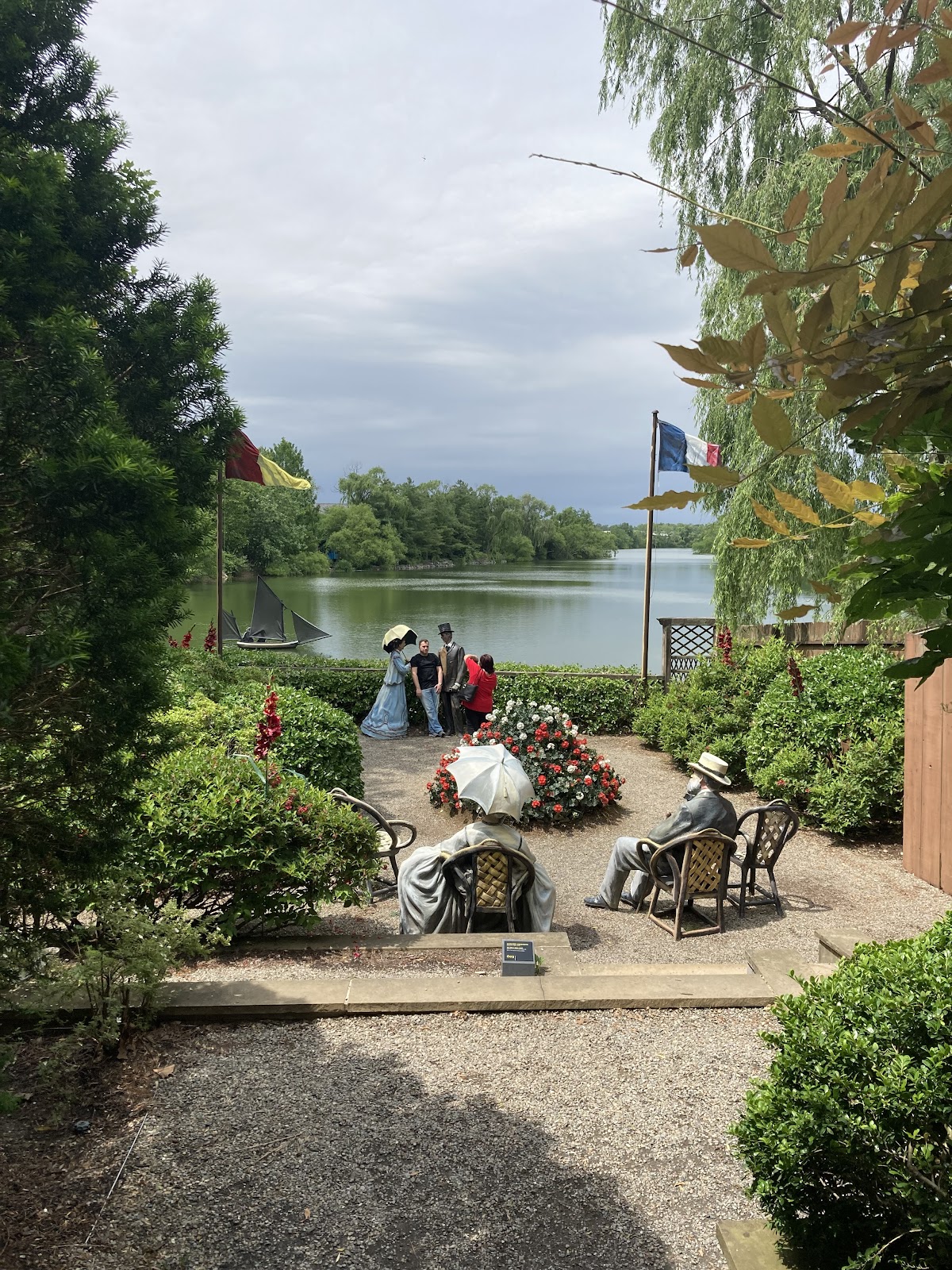

The Johnson recreation of Monet’s “Terrasse at Sainte-Adresse” (a garden design inspiration for one of my client’s, whose lovely home is perched on the water. I wanted to “frame” the view as Monet did).
“If It Were Time,” is Seward’s 1999 metal, bronze, and aluminum installation. It was special - and all the more so because the lake where the figures are strolling is a landscaped addition. What is now a lake was the former racetrack area!
The contemporary art installations are truly fabulous. And the diversity of sculpture is extraordinary. I often lament the fact that we don’t see good sculpture ~ or much of any sculpture at all in the galleries as of late. So, all in all, the Grounds for Sculpture is a marvelous, unique place that I recommend you visit too. 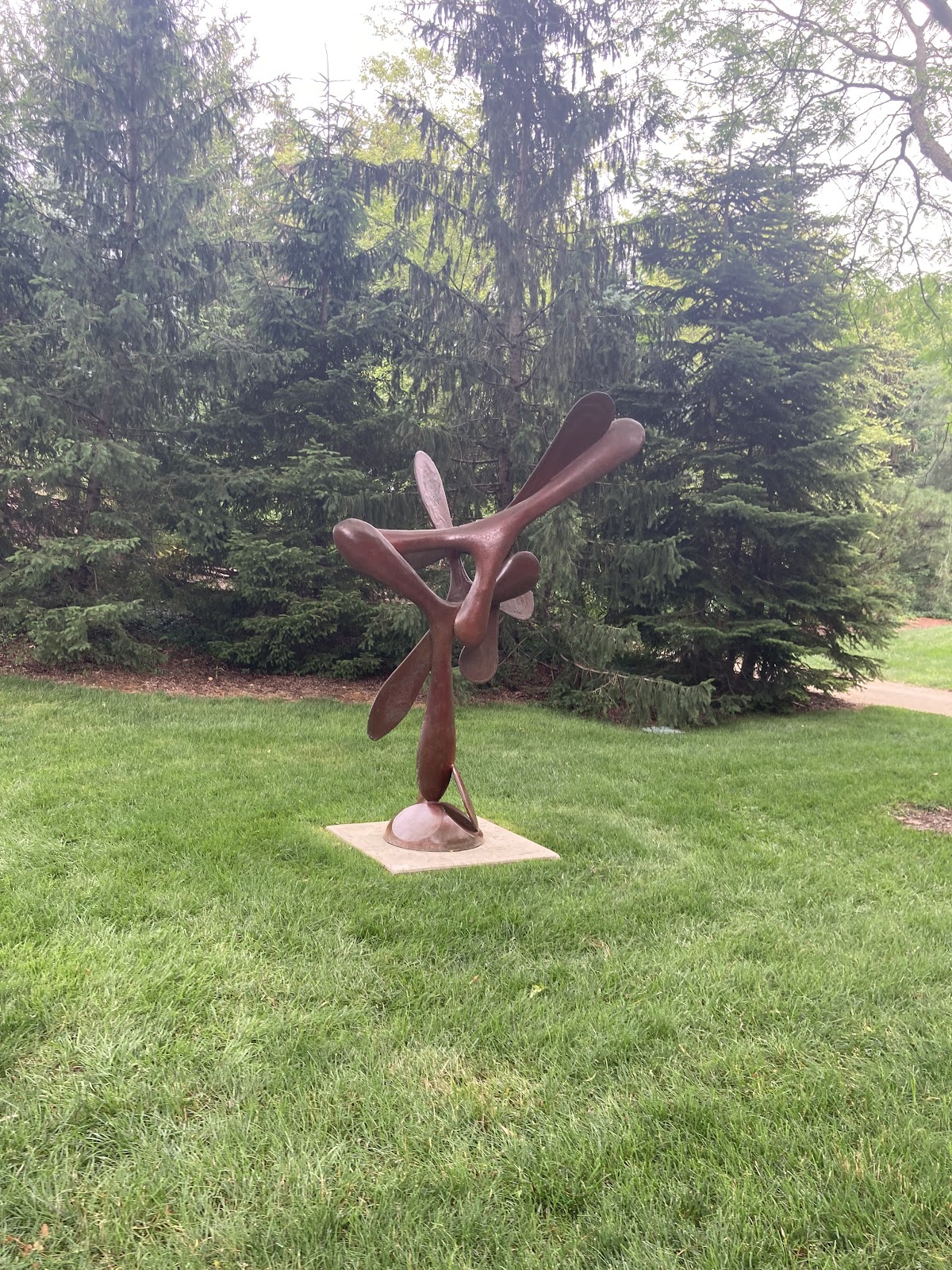
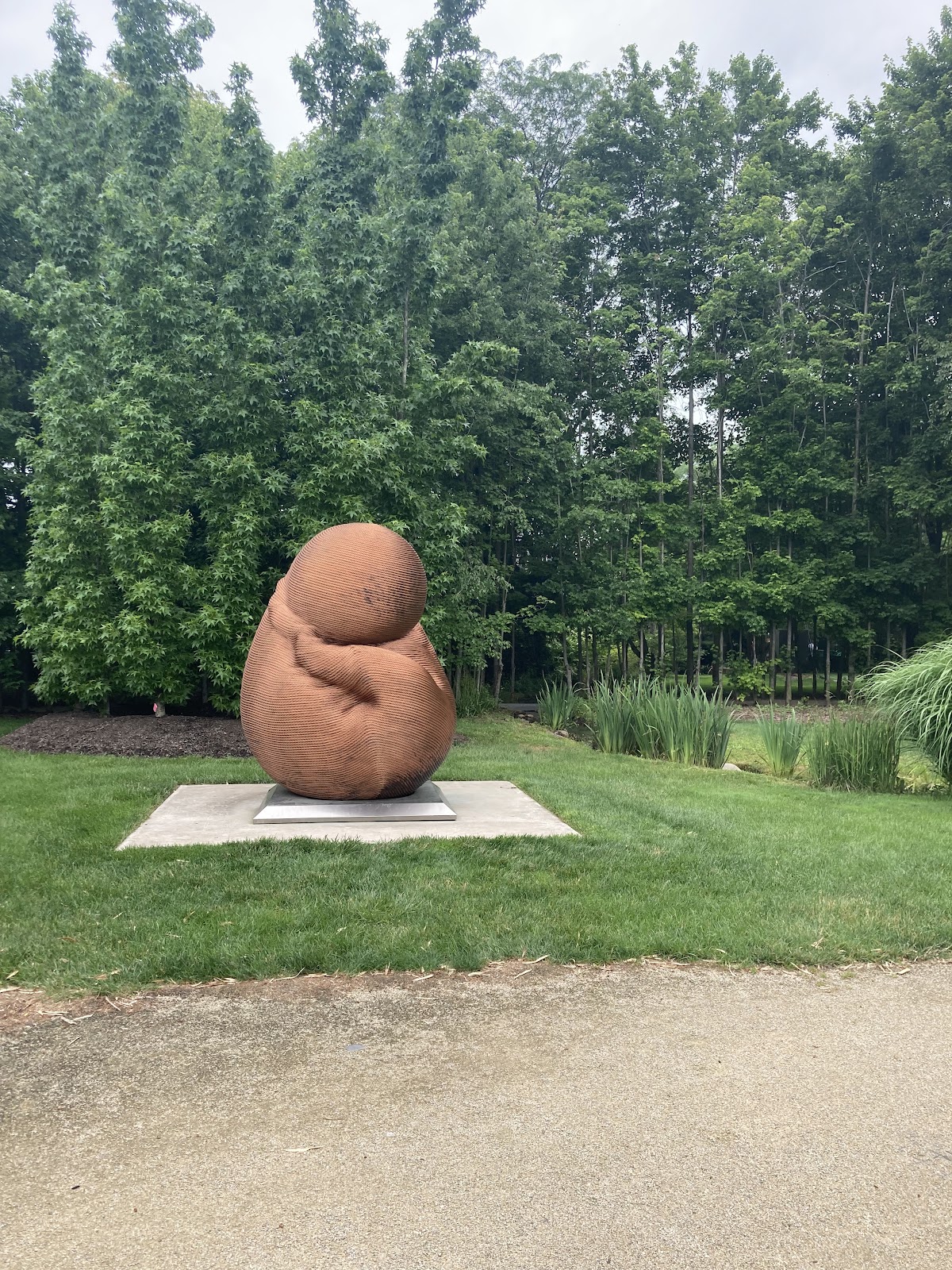
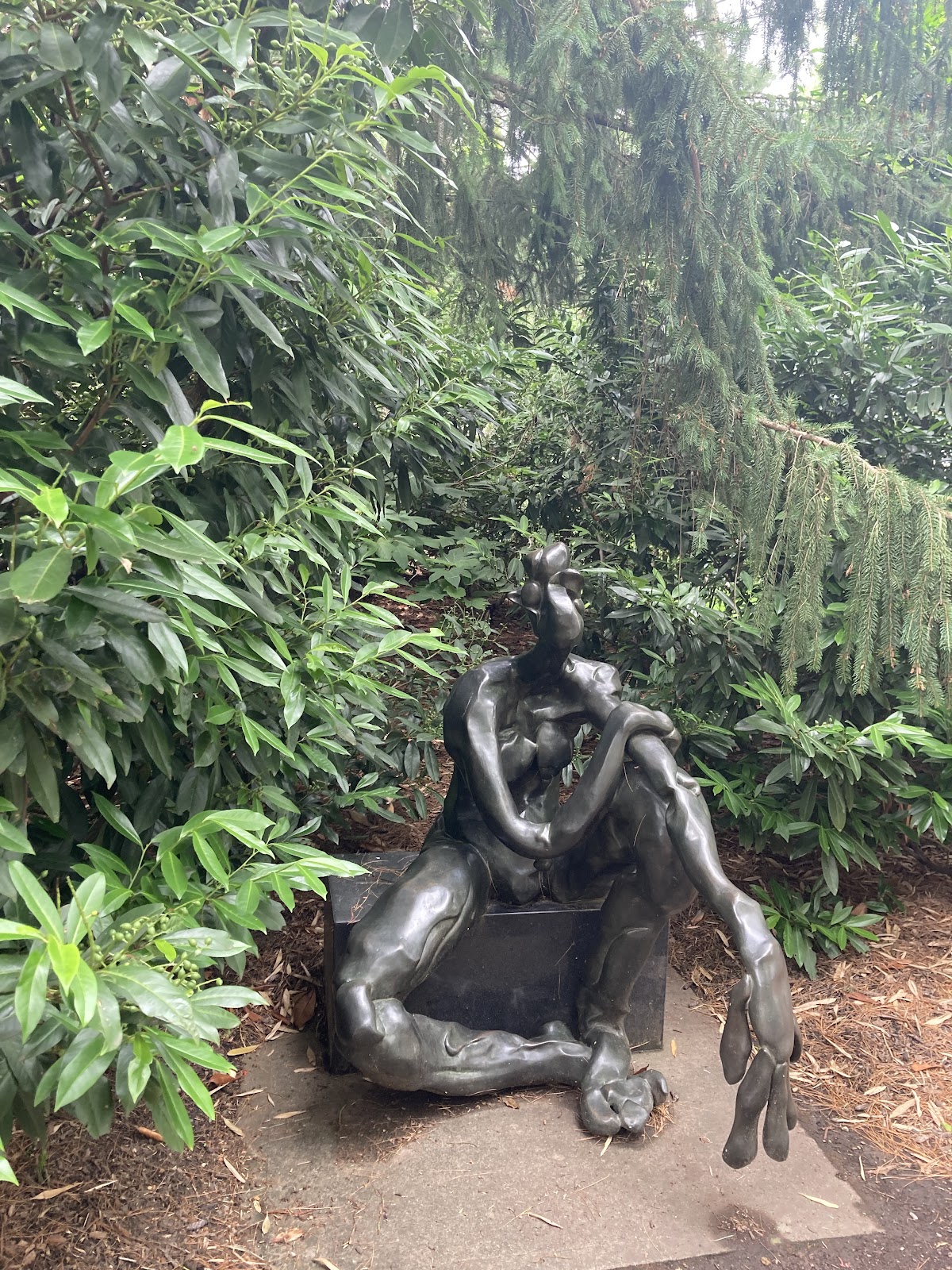
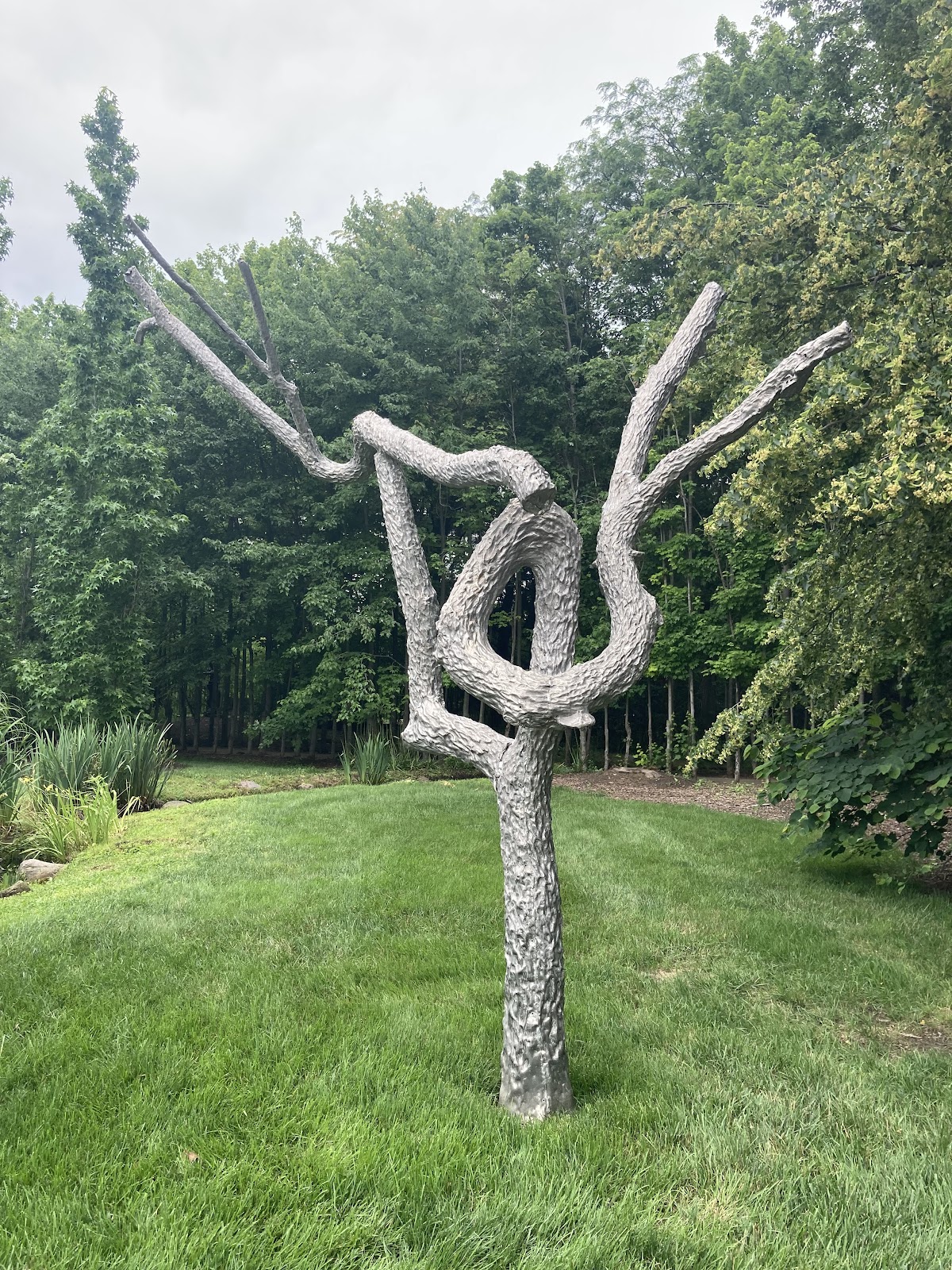
It’s not a surprise that there are a lot of weddings on-site.



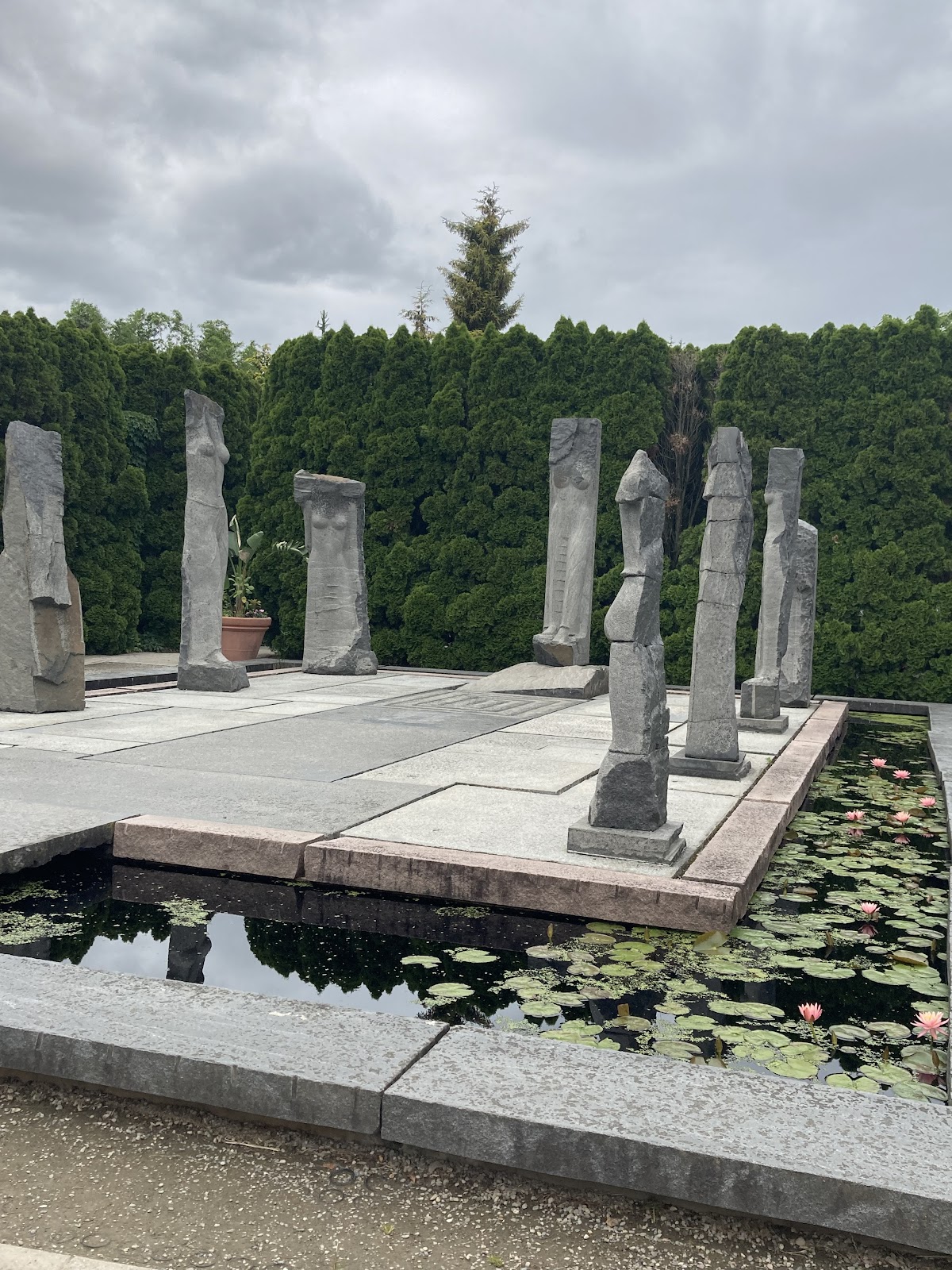
It’s said that Gardens are the slowest of the performing arts.
That truism is particularly resonant here.
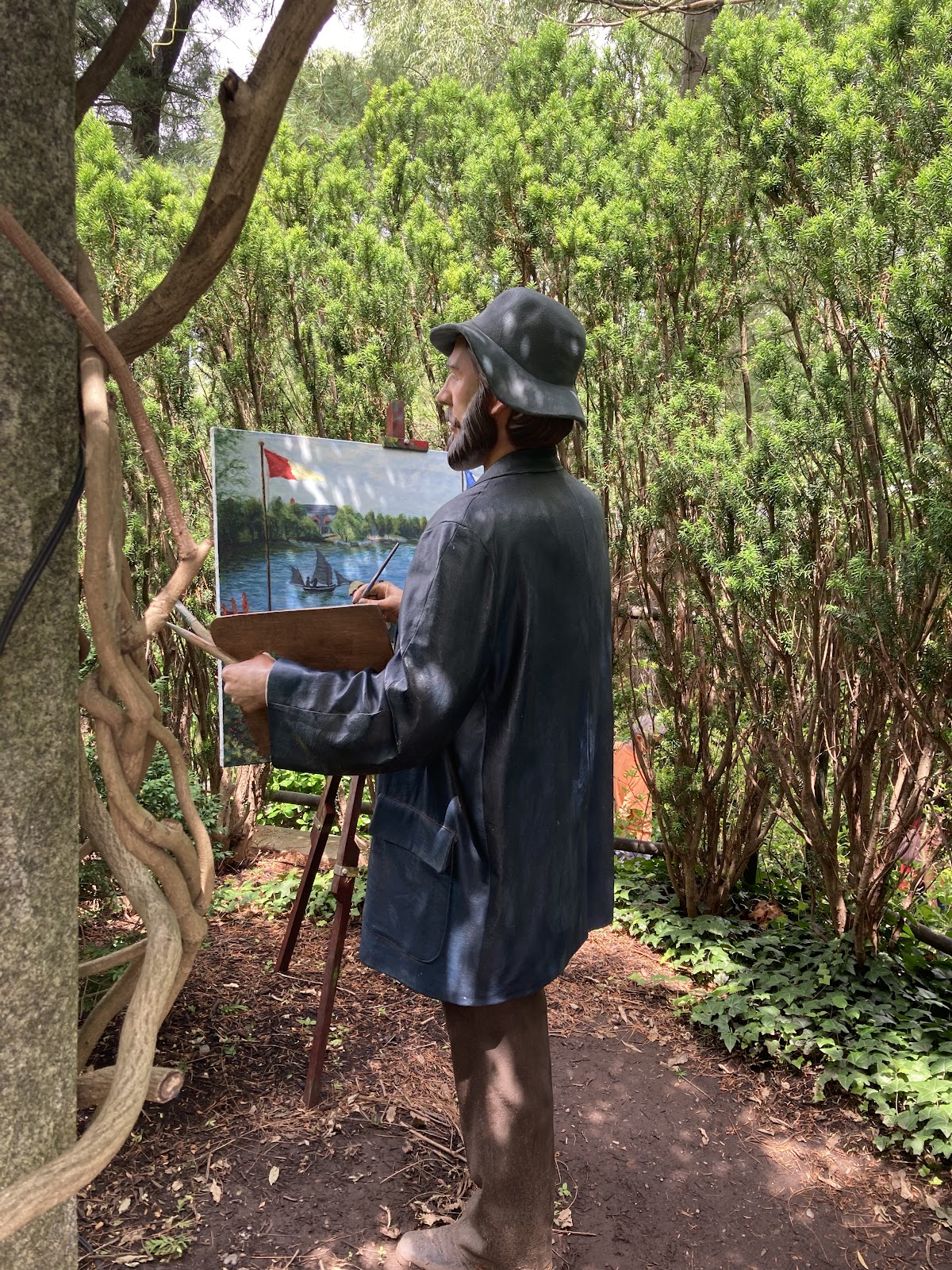
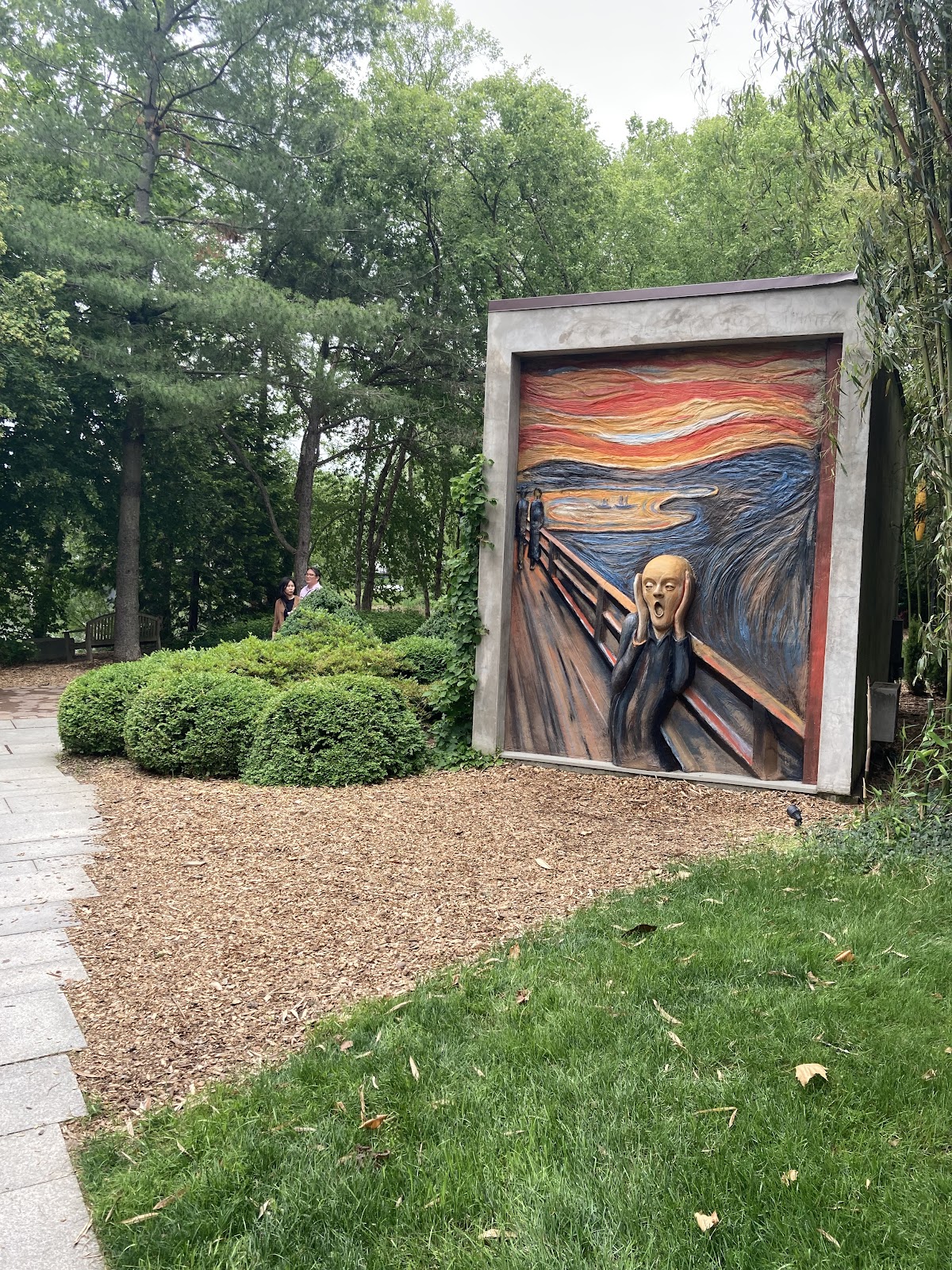
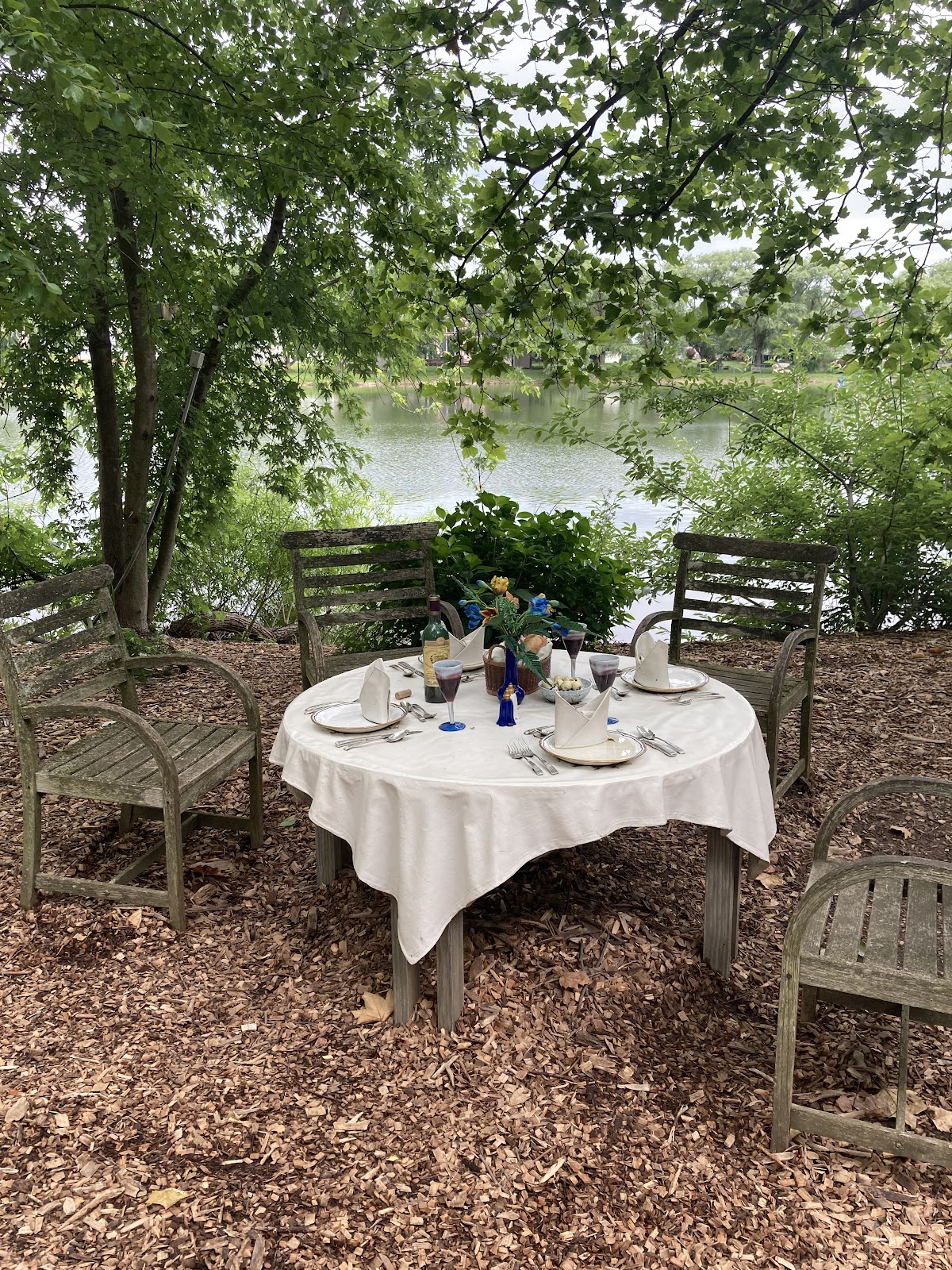
The garden art and the sculpture art combine to present a very unique experience.
There is the art, of course, but also the use of, do I say technology to evoke an otherworldly experience?
To wit, we crossed a bridge from the opposite side of the more formal dining area ~ different from the lunch place we enjoyed. And there in the created pond were misters.
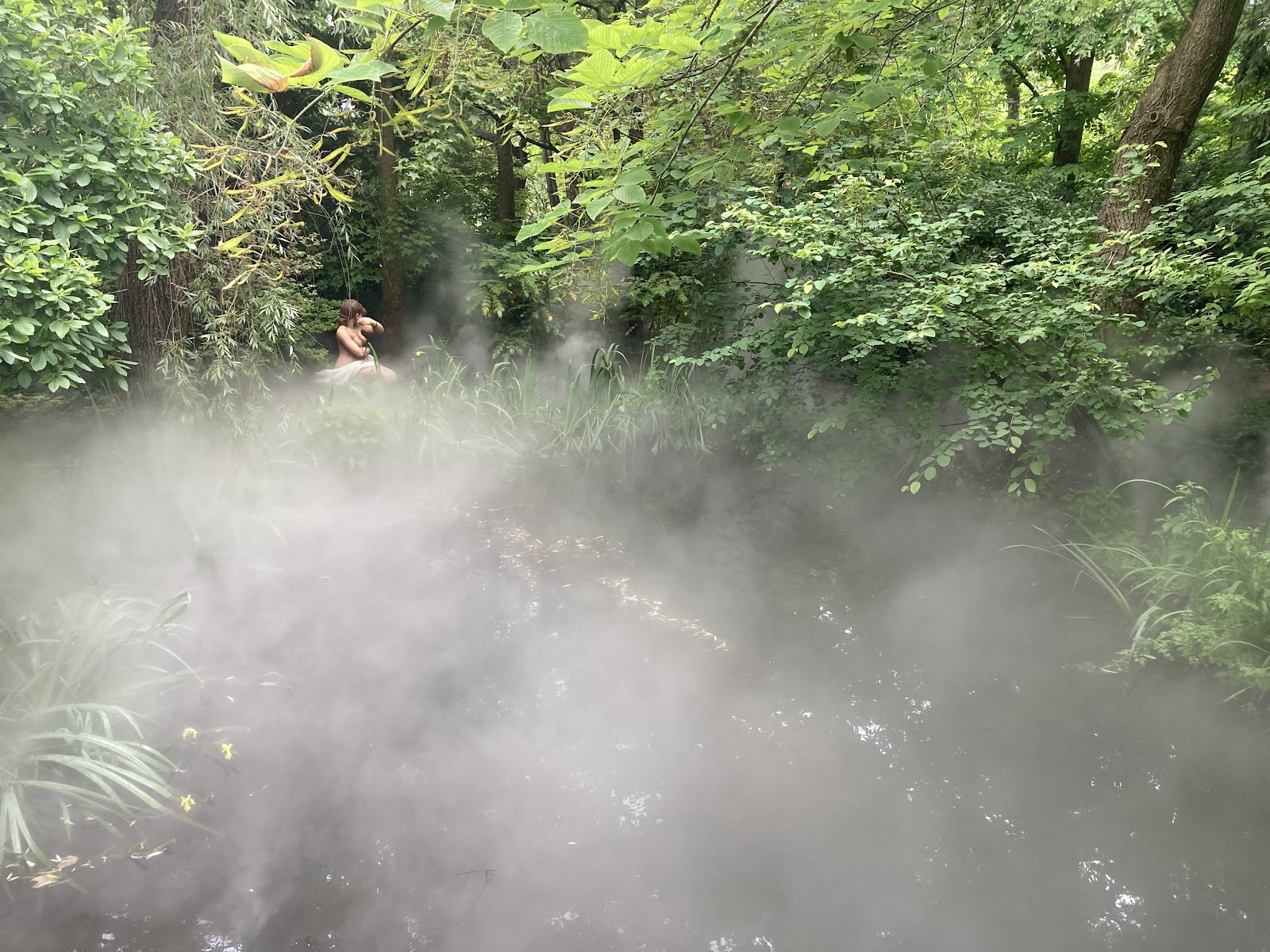
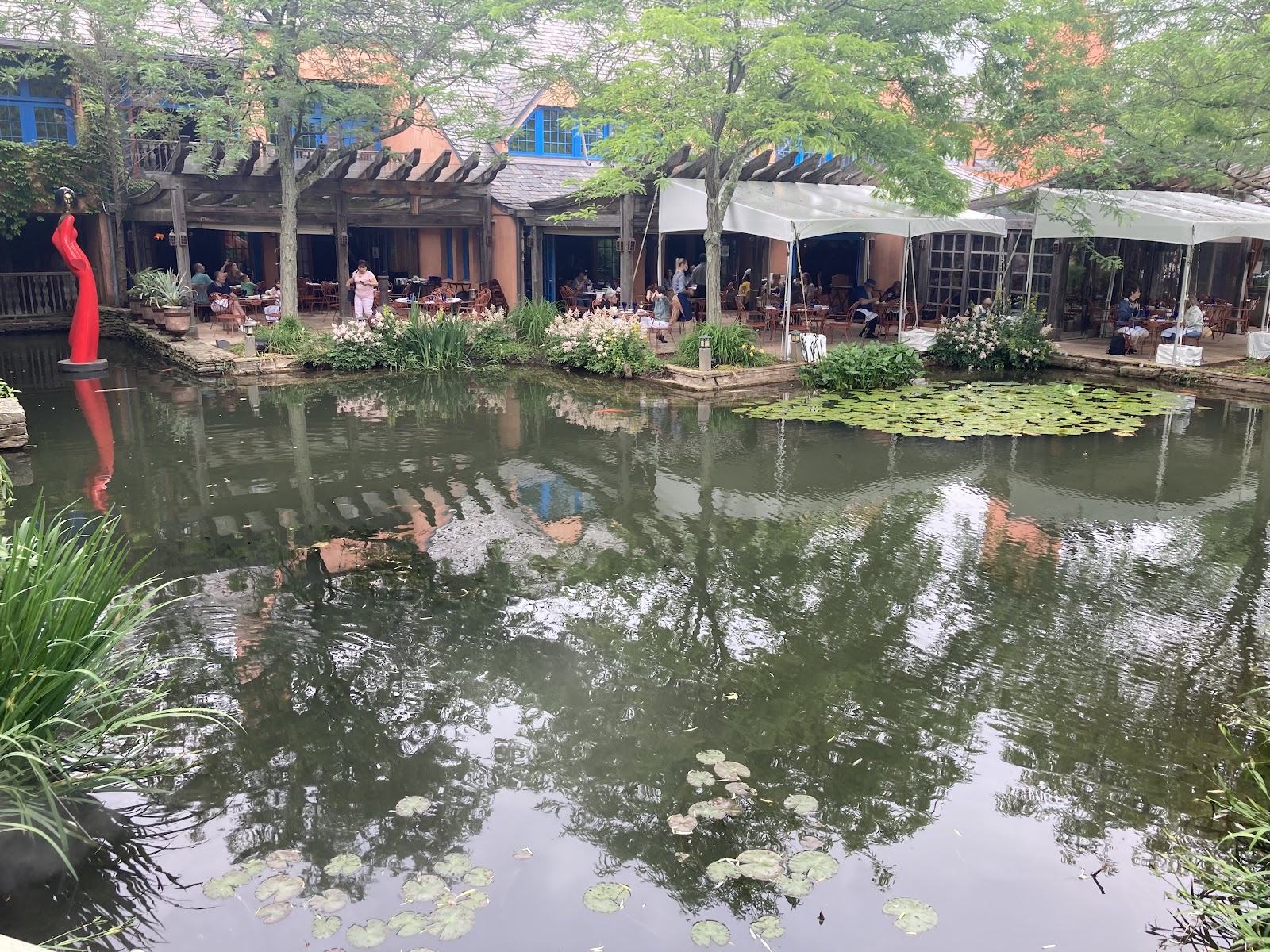
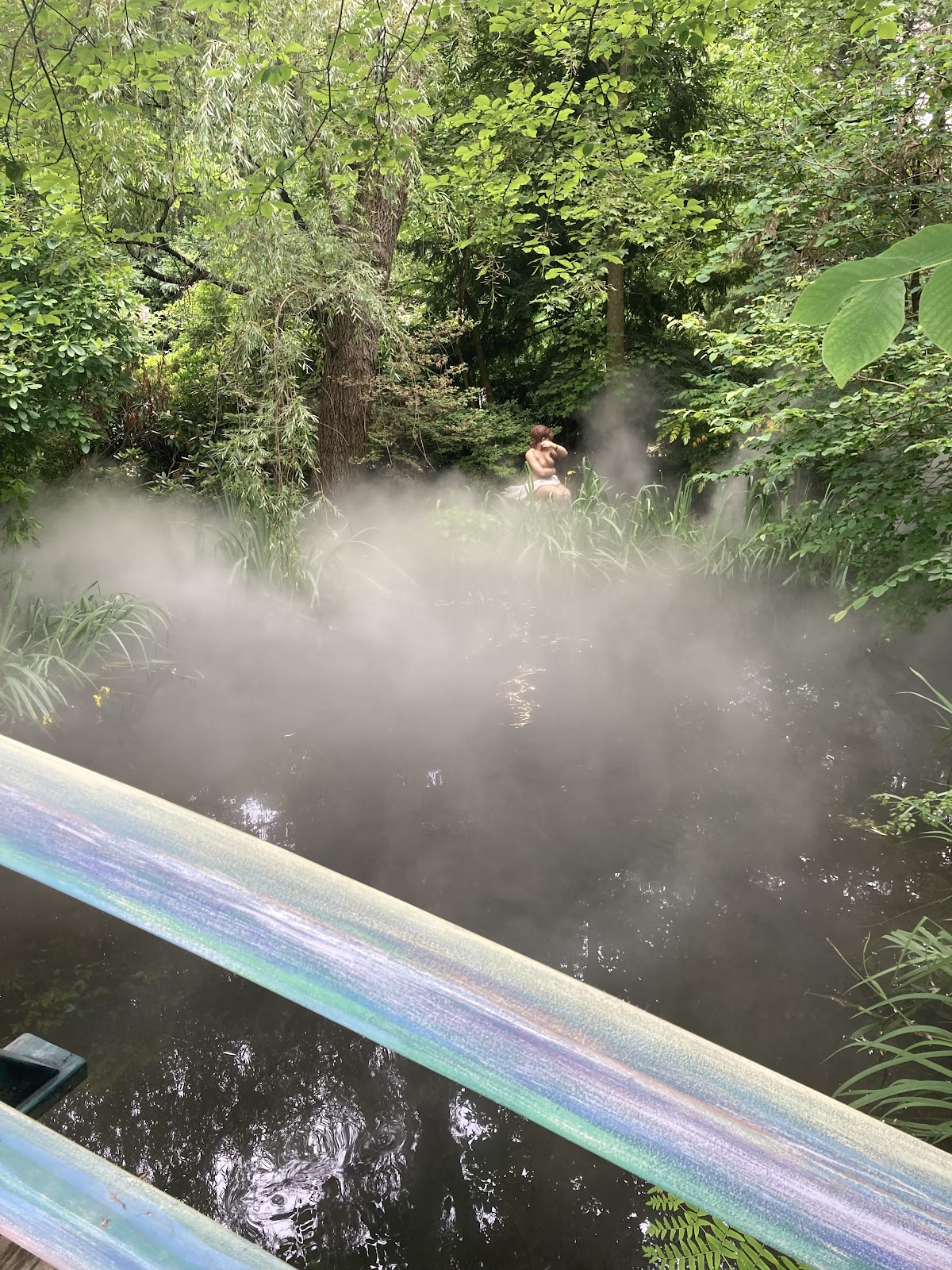
They created this transporting, rather erotic scene, especially evocative given the art there. Do I need to say nude women?
I was captivated nonetheless and sparked laughs when I fervently suggested to Bill that misters are definitely what we need in our home garden!
He blanched!
There are plenty of delightful surprises as you turn almost every corner.
The Gloria Vanderbilt art display is encased in its 6x6 plexiglass box is an unsettling piece but I like it... And the story behind it.

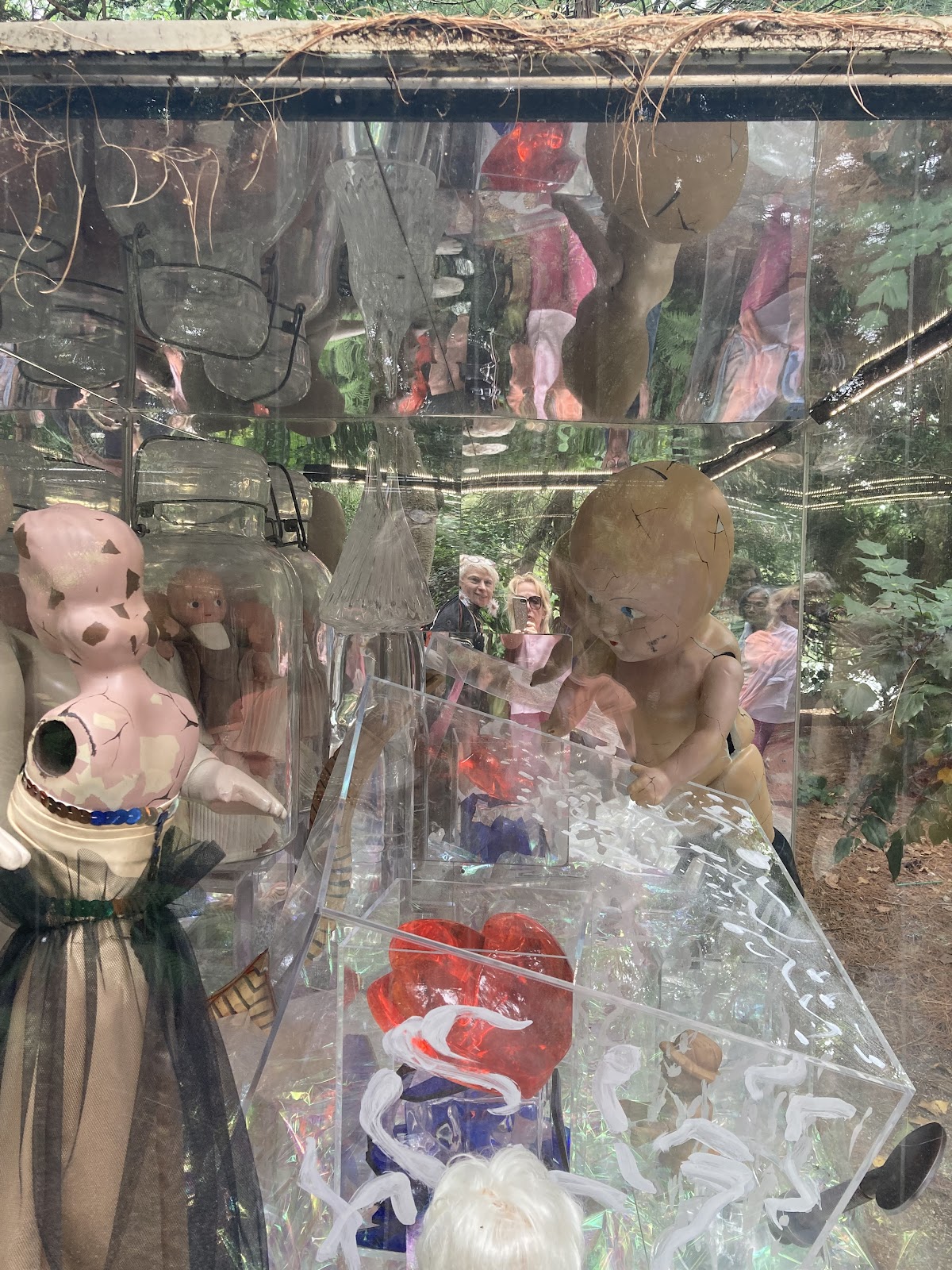
By and large, the landscape is there as a backdrop for the art.
But the irony of that is that for the most part, the art is static - it doesn’t change or look different. But the gardens do! The plant compositions are really what will bring visitors back time and again, and in each season, because the garden art is what truly sparks one’s curiosity and joy.
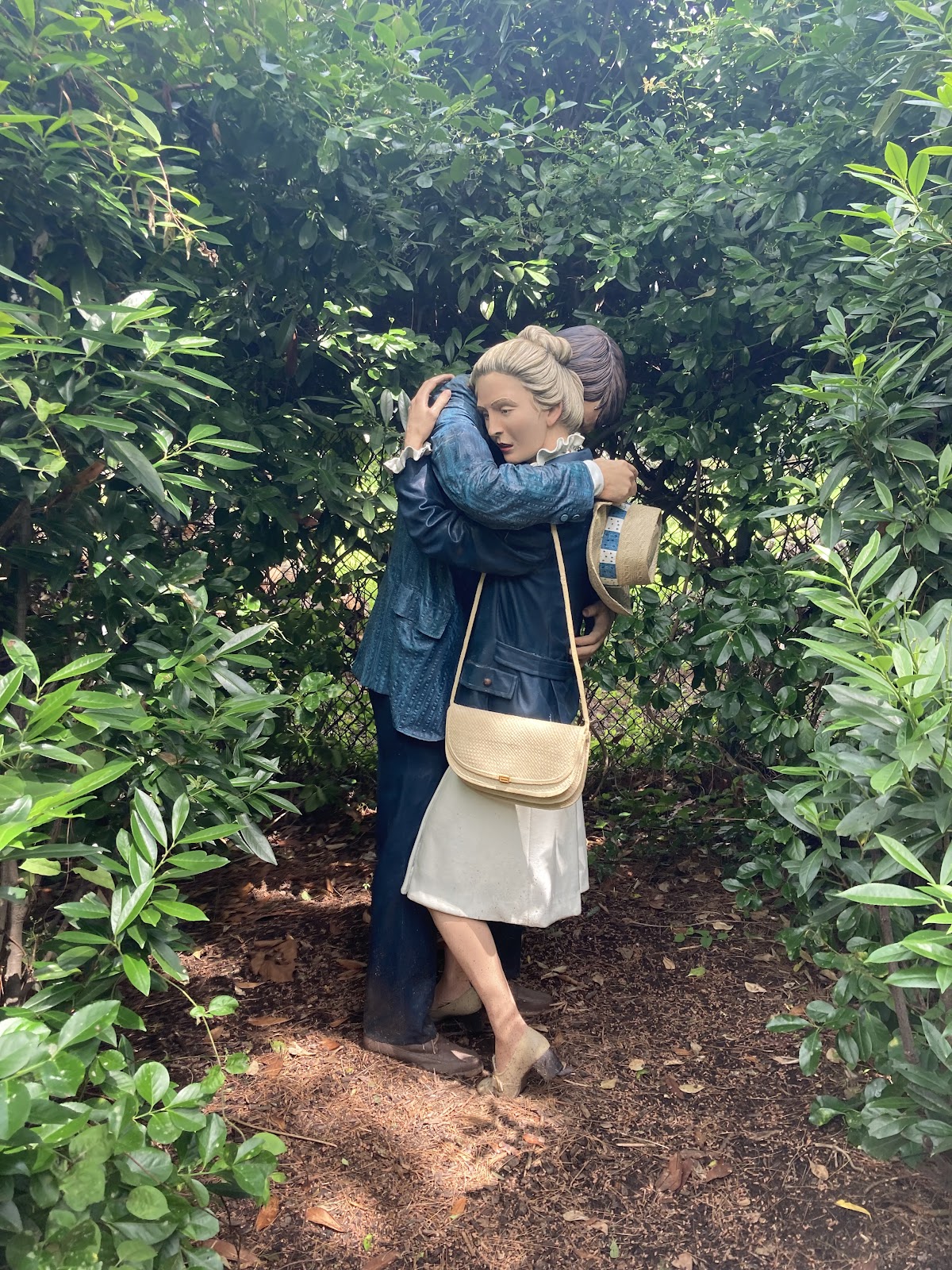
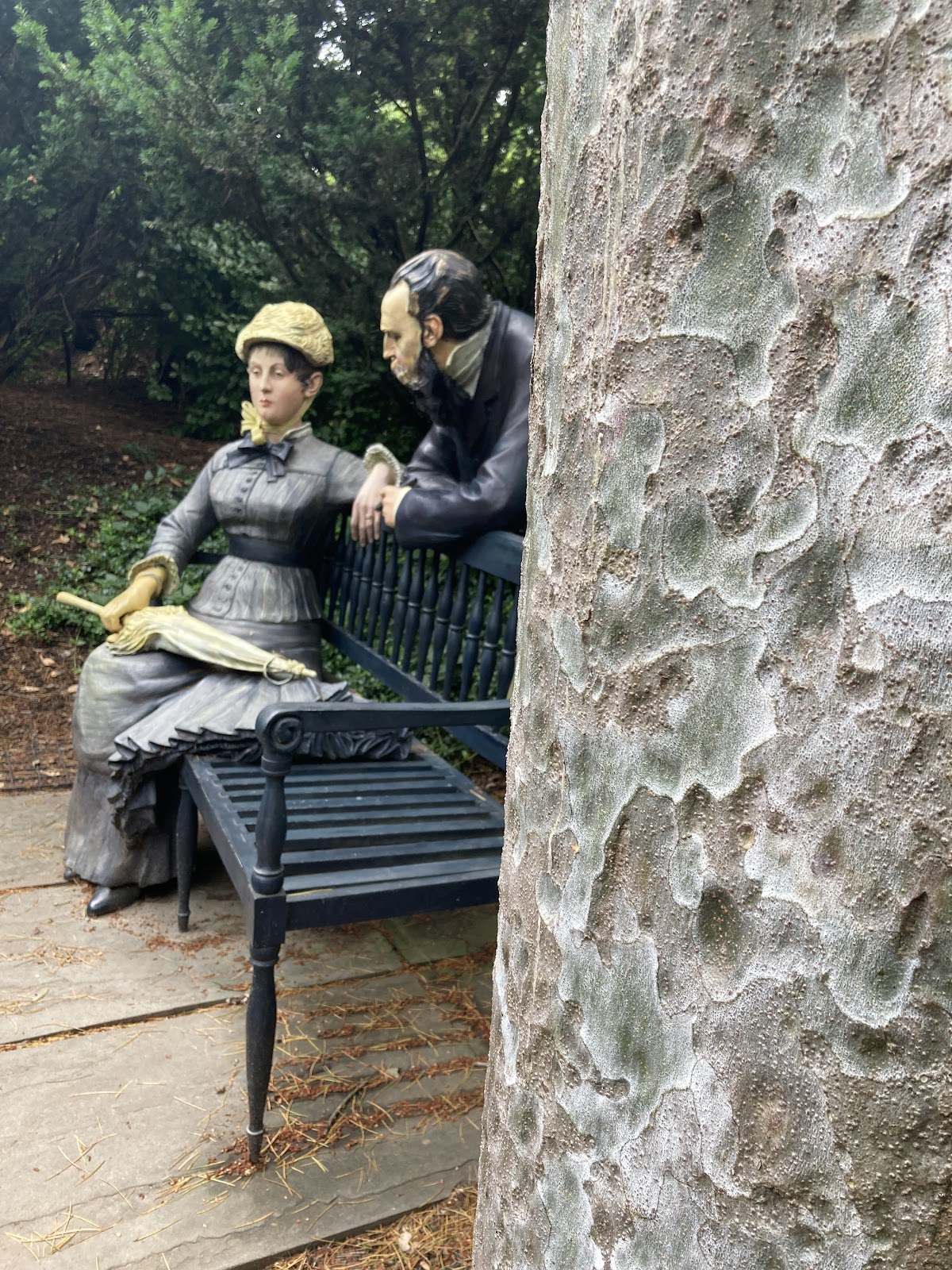

From a professional standpoint, I fear that the quick-growing plants that were put in to provide the artful backgrounds or complements, will burgeon into a kind of burdensome albatross. Even now, the hort team is tasked with lots of “editing” i.e. removing so many of the aggressive plants (e.g. bamboo, parrot weed, lotus) and/or very hard pruning to keep them in check. (I think this will be the case at the new Little Island park in New York City, as well. More on that in a future post.) Seems patience for an emerging garden is in short supply…
Whether one is designing for a public space or your own yard, it’s important to bear in mind that gardens are dynamic. The exterior design is impacted by a number of things including nearby trees that become mature over time, shading out a once-sunny spot, or the addition of random plants that are brought in by what the botanists refer to as the “poo factor” ~ meaning birds carry seeds. And then drop them. You see where I’m going with this. Subsequently, the seed grows.
And climate chaos presents a Pandora’s Box of horticulture challenges. Garden design is not like interior design where the thing you put in today will stay that way until you decide to move it. Plants are living creatures! They are always changing.
The horticulturists at the Grounds for Sculpture are up to the task; maintaining what was described as four main parts of the 42-acre oasis.
We were completely entranced on our tour. If you go, you can do a self-guided tour or arrange for a docent or horticulturist to lead you, as well. You can download a guided tree tour beforehand, for your visit.


I loved the maple allé; the Monkey Puzzle plant they’ve been nurturing for two years and that Janis proudly showed off, with good reason; the faux poppy plants showcased in the “On Poppy Hill” installation was a delightful surprise ~ and provided the gravitas for me to not just mix faux plants with real ones indoors but to use this “design deception” outdoors too. With discretion, of course. (smile)
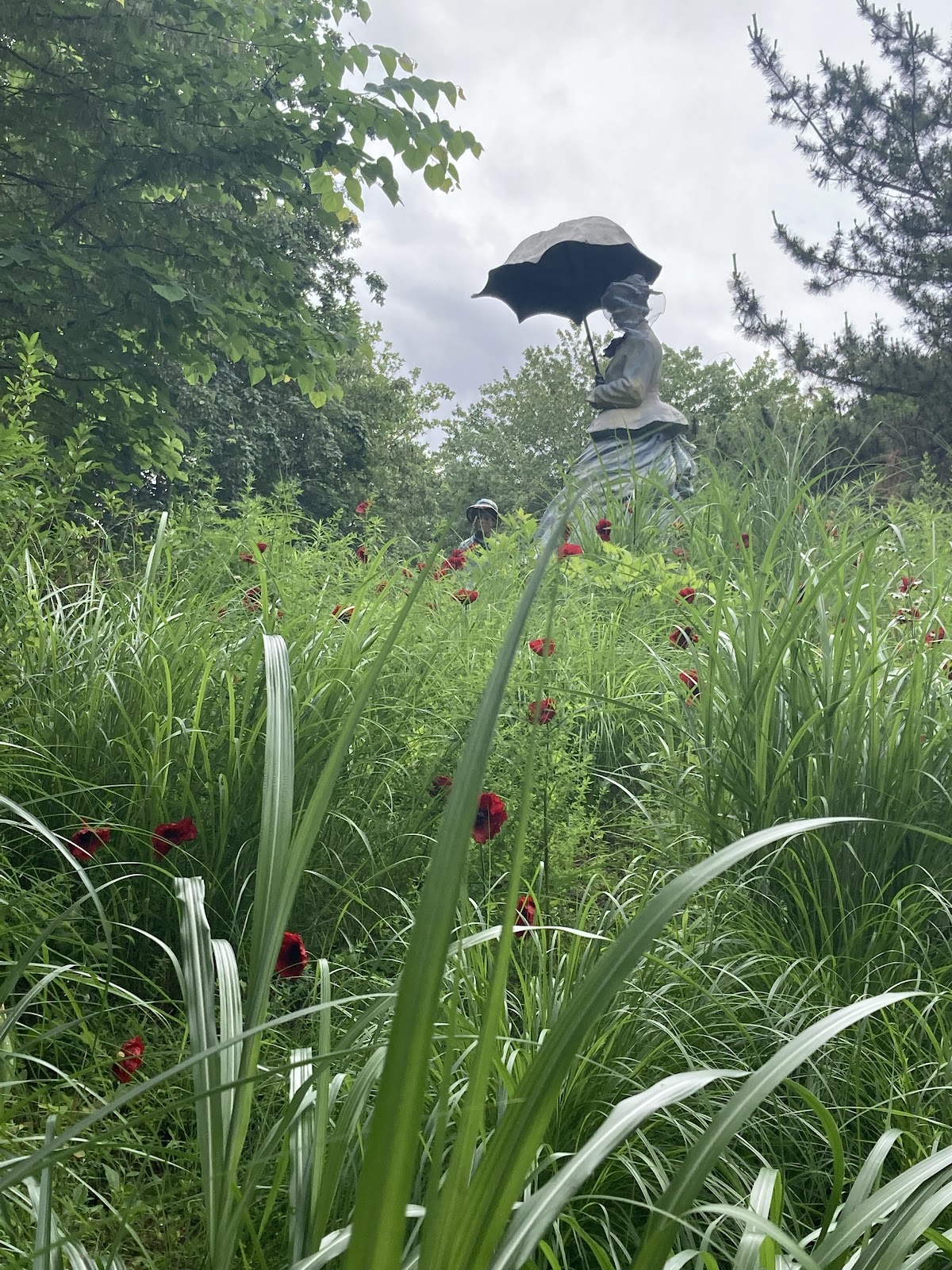
They have some spectacular trees on-property here - we were awestruck by more than a few (Southern Live Oak, Pond Cypress, Korean Sweetheart Tree (Euscaphis japonica) The common name is in reference to the heart-shaped seed pods of this tree.
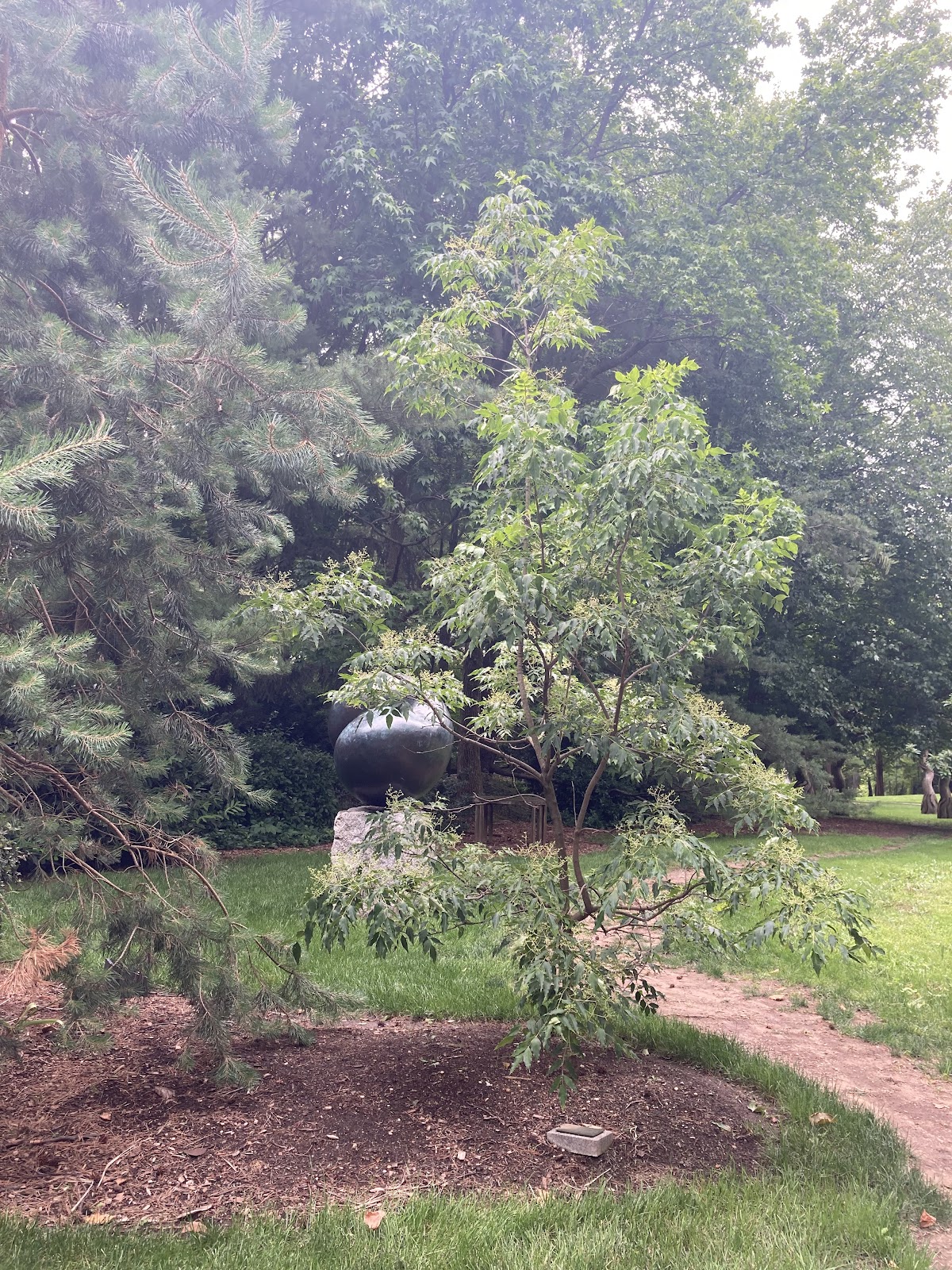
The orchard area is great. Loved the Strawberry Parfait crabapple cultivar. I learned the spring flowers open to pink with red margins followed by what was described as prolific red apples in the fall.

Near one of the dining areas we saw they were cultivating rice, and admired some of the perennial design plantings there. I very much liked their use of the yellow & orange colors using asclepia & knophia, or Torch Lily, as a design idea.
Plants as Fashion?! Yes... I also liked how our Metro Hort colleague's pants complimented that happy orange plant color.
Frank Sinatra famously said, “Orange is the happiest color.” Love that Frank color quote & so much more about my favorite Garden State crooner.


I also admired the herbaceous, creeping raspberry as a ground cover.
It was a terrific day for us horticulturists. Our first outing together since the pandemic. And I learned so much. Thank you, Metro Hort and especially Sabine, for arranging it all.
Membership has its benefits.





